Massage and Insomnia: What Sleep Studies Reveal
August 5, 2025
9 min
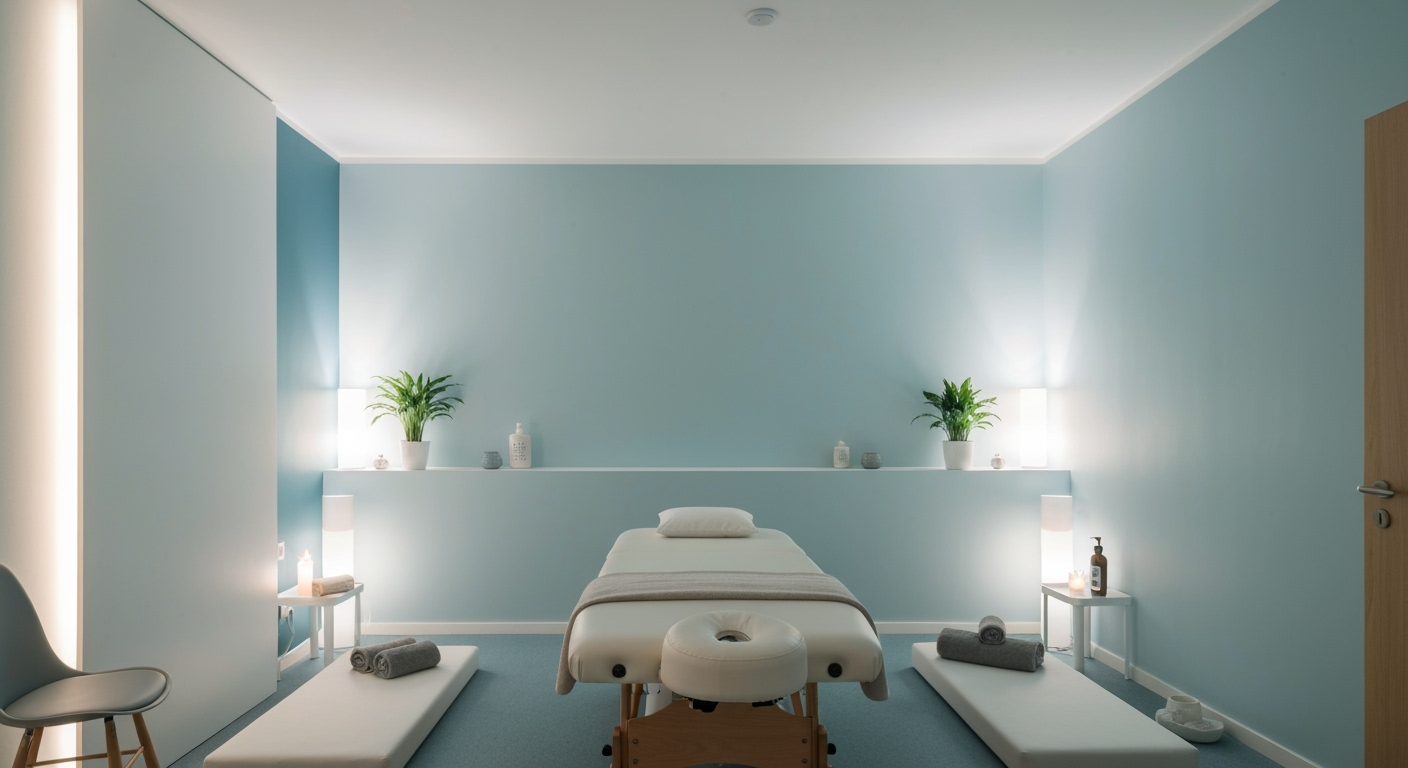
Understanding the Science Behind Massage and Sleep
Sleep disorders, including insomnia, affect millions worldwide, with postmenopausal women exhibiting particularly high prevalence due to hormonal changes and associated symptoms like hot flashes. As non-pharmacological therapies gain attention, massage therapy emerges as a promising approach for improving sleep quality. This article dives into what sleep studies reveal about the relationship between massage therapy and insomnia, exploring biological mechanisms, clinical evidence, and the role of complementary treatments in promoting restorative sleep.
Scientific Evidence Linking Massage Therapy and Sleep Improvement
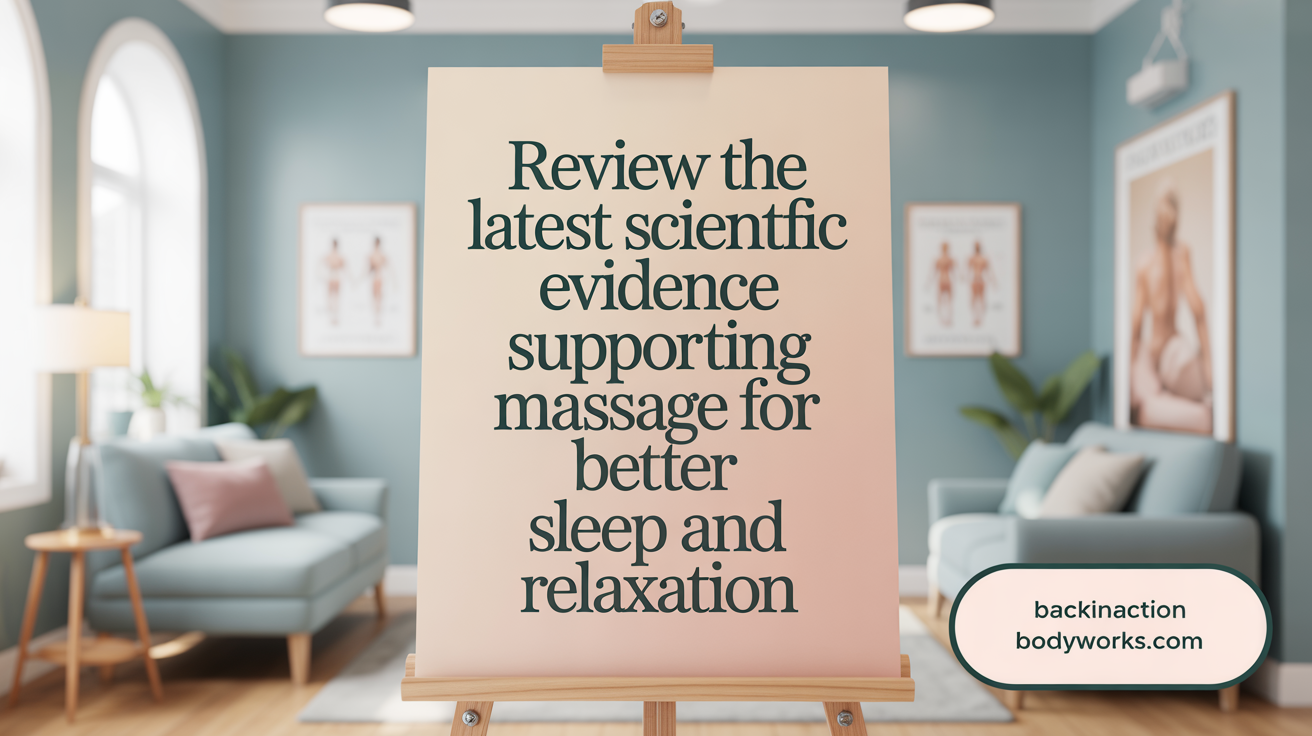 Research supports the positive impact of massage therapy on sleep quality in diverse populations. Numerous studies have shown that massage can help reduce insomnia symptoms, improve sleep patterns, and promote relaxation. For instance, a pilot study involving postmenopausal women with insomnia demonstrated significant improvements in sleep quality and reduced anxiety and depression after eight weeks of massage therapy twice a week. Similarly, research involving sleep assessments and polysomnography—the sleep study method—indicated increased sleep efficiency, longer total sleep time, and decreased REM sleep latency after massage sessions.
Research supports the positive impact of massage therapy on sleep quality in diverse populations. Numerous studies have shown that massage can help reduce insomnia symptoms, improve sleep patterns, and promote relaxation. For instance, a pilot study involving postmenopausal women with insomnia demonstrated significant improvements in sleep quality and reduced anxiety and depression after eight weeks of massage therapy twice a week. Similarly, research involving sleep assessments and polysomnography—the sleep study method—indicated increased sleep efficiency, longer total sleep time, and decreased REM sleep latency after massage sessions.
Many different groups benefit from massage, including children with sleep issues, elderly individuals, pregnant women experiencing sleep disturbances, and patients with conditions like fibromyalgia, cancer, and psychiatric disorders. Massage helps by lowering cortisol levels—the stress hormone—while boosting serotonin and oxytocin, neurochemicals closely associated with relaxation and sleep regulation. It also alleviates muscle tension and promotes emotional well-being.
Subjective sleep assessments, such as sleep diaries and questionnaires, consistently report better sleep quality and quicker sleep onset post-massage. Objective measures, including polysomnography, reinforce these findings by identifying increased deep sleep stages and reduced sleep disruptions.
In addition to sleep improvements, massage has been shown to decrease anxiety and depression symptoms. The combined relaxation response and neurochemical changes contribute significantly to better sleep and overall mental health.
While current research highlights the benefits of massage therapy for sleep disorders, further high-quality studies are needed. These studies should aim to optimize massage protocols and better understand the biological mechanisms underlying sleep improvements.
Insights from Sleep Studies: How Massage Impacts Sleep Architecture and Insomnia
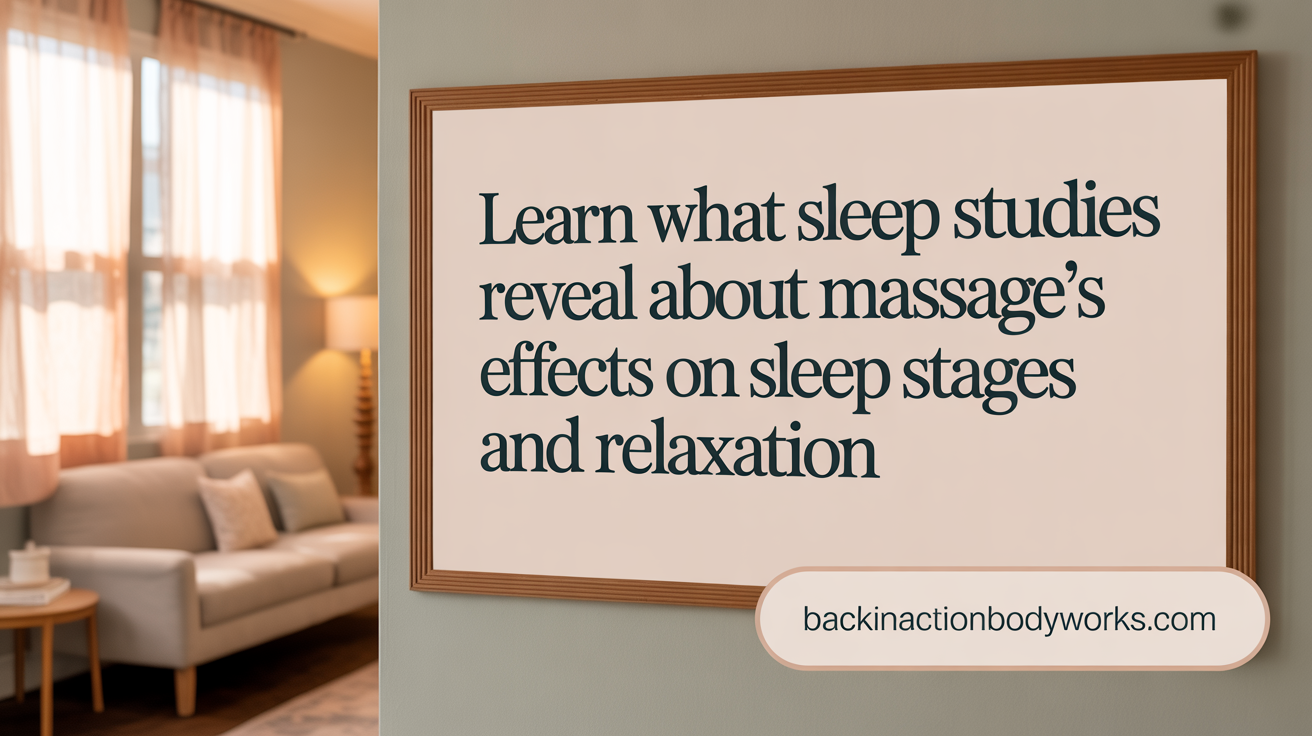
What does a sleep study reveal about insomnia?
A sleep study, also known as polysomnography, offers valuable information about the physiological aspects of sleep in individuals suffering from insomnia. It records multiple parameters including brain activity through EEG, breathing patterns, oxygen saturation, heart rate, eye movements, and limb movements during sleep.
This comprehensive data helps identify disruptions in sleep architecture, such as abnormal levels of REM sleep or reduced deep sleep stages, which are common in insomniacs. It also assesses sleep latency—the time it takes to fall asleep—and overall sleep efficiency, indicating how much of the time in bed is spent sleeping. These objective measurements can reveal underlying issues like hyperarousal or fragmented sleep patterns.
While traditionally used to diagnose sleep disorders like sleep apnea, polysomnography can also help in understanding the impact of non-pharmacological treatments such as massage therapy. By comparing sleep patterns before and after interventions, researchers can evaluate how therapies influence sleep stages and overall quality.
Changes in sleep stages due to massage
Recent studies have shown that massage therapy can positively influence sleep stages, particularly by increasing slow-wave sleep (stages 3 and 4), which is crucial for restorative sleep. For example, a study involving postmenopausal women with insomnia demonstrated that massage sessions led to a significant reduction in REM sleep latency—the time it takes to enter REM sleep—and enhanced the proportions of deeper sleep stages.
These changes suggest that massage may promote a more restful and restorative sleep architecture by reducing sleep fragmentation and calming hyperarousal. Techniques like relaxation massage, involving effleurage, petrissage, and vibration, help activate relaxation responses, decreasing stress hormones and facilitating transitions into deeper sleep.
Objective measurements of sleep improvement
Objective evidence from sleep studies corroborates subjective reports of improved sleep after massage therapy. Parameters such as increased total sleep time, reduced sleep onset latency, and decreased nocturnal awakenings have been observed.
For instance, portable polysomnography used in home settings captured enhanced sleep efficiency and increased deep sleep stages following massage sessions. Additionally, reductions in cortisol levels and heightened serotonin activity, measured through biochemical assessments, support the neurochemical underpinnings of improved sleep.
Sleep study findings in postmenopausal women
In postmenopausal women, who often experience insomnia linked to vasomotor symptoms like hot flashes, sleep studies reveal a pattern of disturbed sleep architecture characterized by increased arousals and decreased deep sleep. Studies utilizing sleep monitoring demonstrate that massage therapy can mitigate these disturbances.
A Brazilian pilot study reported that women with insomnia experienced not only subjective improvements but also measurable enhancements in sleep parameters after massage, with significant reductions in sleep onset latency and increased sleep duration. These findings suggest that massage therapy may help restore healthier sleep patterns in this vulnerable population.
| Aspect | Findings | Additional Details |
|---|---|---|
| Sleep stages affected | Increase in deep sleep (stages 3 and 4) | Promotes restorative sleep |
| REM sleep | Decrease in REM latency | Facilitates quicker REM sleep onset |
| Sleep efficiency | Improved overall sleep efficiency | Less time awake during night |
| Neurochemical changes | Elevated serotonin, reduced cortisol | Enhances relaxation and reduces stress |
Understanding these objective changes provides a clearer picture of how massage therapy can serve as an effective, non-invasive approach to manage insomnia, especially in postmenopausal women experiencing hormone-related sleep disturbances.
Biological Mechanisms Underlying Massage Therapy’s Effect on Sleep Quality

How does massage therapy influence sleep quality through biological mechanisms?
Massage therapy improves sleep by engaging multiple biological pathways that promote relaxation and restorative sleep. One primary effect is its ability to regulate hormones. It helps lower cortisol levels, the body's main stress hormone, which is often elevated in those with sleep difficulties. Simultaneously, massage increases serotonin, a neurotransmitter involved in mood regulation and a precursor to melatonin, the hormone that governs sleep-wake cycles.
Physiologically, massage encourages muscle relaxation and enhances blood flow, which alleviates muscle tension and pain that can disrupt sleep. The increased circulation also helps deliver oxygen and nutrients to tissues, supporting overall relaxation and healing.
On the neurochemical level, massage stimulates the parasympathetic nervous system—the branch responsible for 'rest and digest' activities. Activation of this system reduces physiological arousal, such as heart rate and blood pressure, easing the body into a relaxed state favorable for sleep.
Electrophysiological changes during massage include alterations in brain activity patterns. Studies utilizing EEG have shown shifts toward slower waves associated with deeper sleep stages, as well as reductions in REM sleep latency, which indicates faster onset of sleep.
Together, these hormonal, neural, and physiological effects create an environment that reduces stress, alleviates pain, and fosters calmness, all of which contribute to improved sleep quality. Regular massage sessions can, therefore, serve as a natural approach to combating sleep disturbances, especially in populations like postmenopausal women susceptible to insomnia due to hormonal and physiological changes.
Massage Therapy’s Role in Managing Sleep Disturbances During Menopause
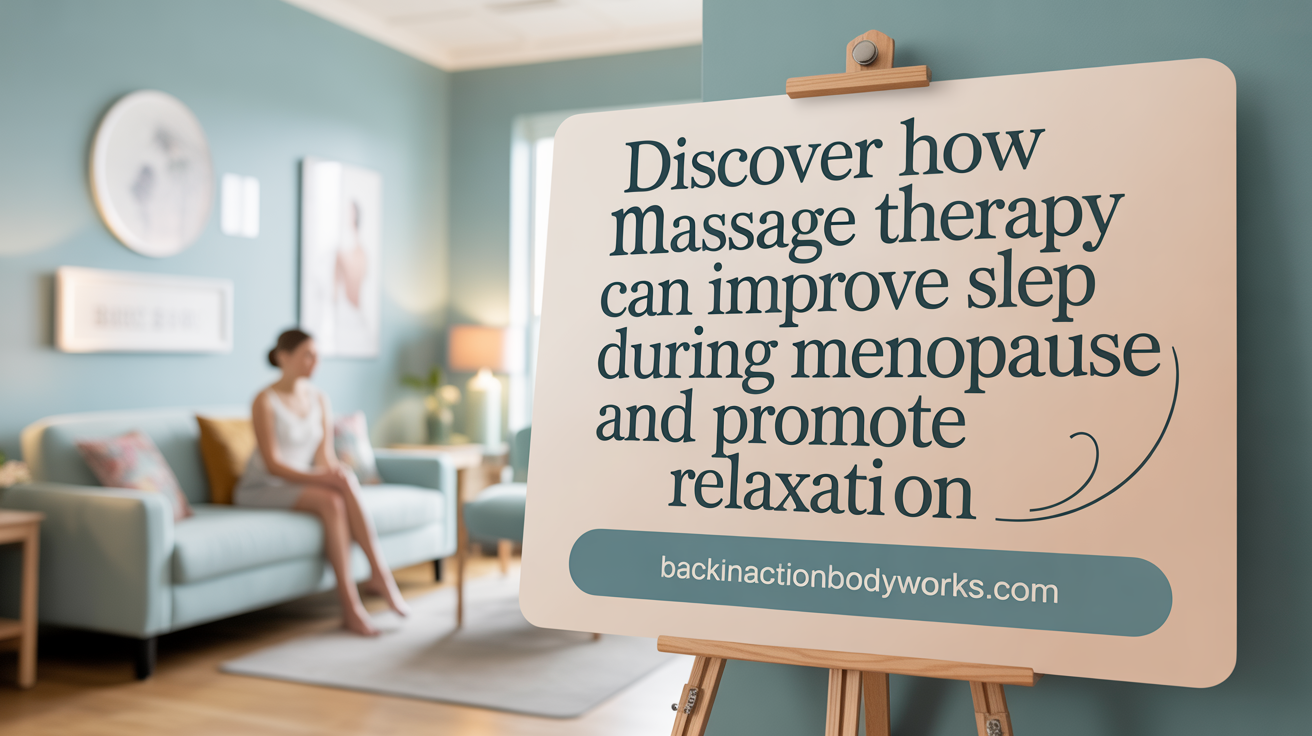
What is the role of massage therapy in improving sleep during menopause?
Massage therapy is increasingly recognized as a valuable non-hormonal method to improve sleep quality in women during and after menopause. Menopause is associated with sleep disturbances, mainly due to vasomotor symptoms like hot flashes, alongside increased stress, anxiety, and depression. These symptoms often lead to difficulty falling asleep, fragmented sleep, and poor sleep quality.
Research shows that massage therapy can alleviate these issues effectively. It works by promoting relaxation, reducing stress hormones such as cortisol, and increasing beneficial neurotransmitters like serotonin and endorphins. These biochemical changes help calm the nervous system and decrease the hyperarousal that often underpins insomnia in menopausal women.
Objective sleep assessments, including polysomnography (sleep studies), have demonstrated that massage can shorten REM sleep latency—the time it takes to enter the REM stage—and support the progression into deeper, restorative sleep stages (stages 3 and 4). This improved sleep architecture results in fewer awakenings, quicker sleep onset, and a feeling of being more rested.
Participants in various studies report subjective improvements: falling asleep faster, experiencing fewer nighttime awakenings, and waking up feeling more refreshed. Massage therapy is also associated with decreases in symptoms of anxiety and depression, further contributing to better sleep.
Moreover, combined approaches such as aromatherapy massage have shown additional benefits. The aromatic oils used during massage enhance relaxation and stress reduction, amplifying sleep improvements.
In essence, massage therapy provides a natural, drug-free way for menopausal women to manage sleep problems, improve overall well-being, and enhance their quality of life.
Practical Applications: Techniques, Key Pressure Points, and Complementary Therapies for Insomnia
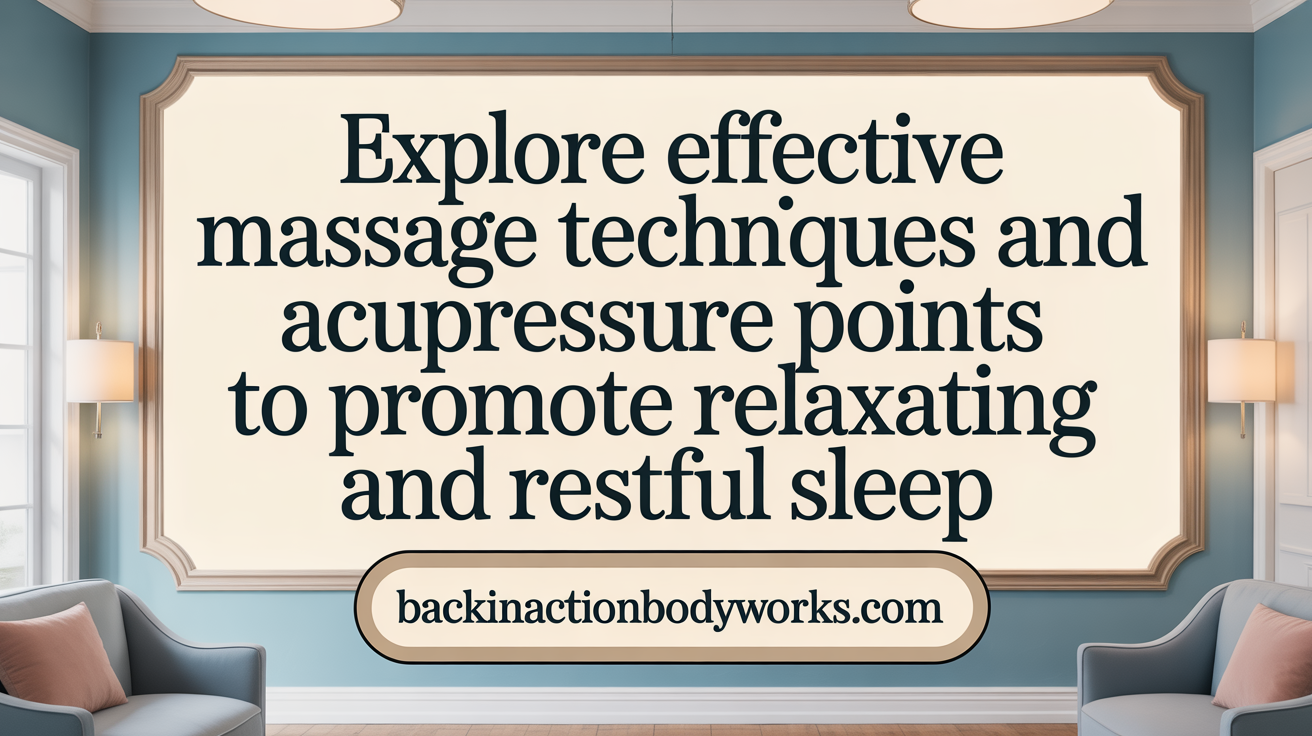
Recommended massage types for sleep
The most effective types of massage for treating insomnia generally include Swedish massage, due to its gentle, relaxing strokes that help reduce stress and cortisol levels while increasing serotonin and dopamine, which promote better sleep. Other beneficial modalities include relaxation massage, deep tissue massage, and aromatherapy massage, each of which can help ease muscle tension, improve circulation, and enhance mood—all factors supporting sleep quality.
Specific acupressure points, such as the Spirit Gate (HT7), Bubbling Spring (KD1), and Wind Pool (GB20), can be targeted to calm the mind and body, further aiding sleep onset. Reflexology and facial massage are also effective in promoting relaxation and reducing physical discomfort, both of which contribute to improved sleep patterns.
Regular sessions of these massage techniques, combined with self-massage practices and stimulation of certain acupressure points, are recommended for managing insomnia. These methods can be integrated into a nightly routine to foster a relaxing environment conducive to sleep.
Self-massage techniques and acupressure points
Self-massage techniques, including acupressure and relaxing muscle massages, can potentially improve sleep quality by reducing stress, easing muscle tension, and calming anxiety. Targeting specific points like the 'Spirit Gate' (HT7), Yintang (between the eyebrows), and Peaceful Sleep point (extras) can promote relaxation.
Massaging areas such as the face, neck, hands, and feet helps stimulate calming neurotransmitters and nerve pathways. Performing self-massage for about 15-20 minutes in a warm, dim setting 30-60 minutes before sleep can signal the body to unwind.
Practices like foot reflexology and head massage are accessible approaches that support circadian rhythm regulation through natural relaxation pathways. Although promising, more high-quality research is needed to confirm their definitive effects on sleep enhancement.
Role of weighted blankets and aromatherapy
Weighted blankets have gained attention for their calming effects, especially in individuals with psychiatric conditions. A Swedish study showed that sleeping under a weighted blanket for four weeks significantly reduced insomnia severity, helped with sleep maintenance, and decreased symptoms of fatigue, depression, and anxiety.
The pressure from weighted blankets stimulates touch and muscle sensation, enhancing parasympathetic activity, which promotes relaxation. Aromatherapy, notably with lavender essential oil, also significantly improves sleep quality and reduces stress. Studies report a moderate to large effect size when incorporating aromatherapy or aroma massage therapy.
Together, these non-pharmacological treatments provide a safe and natural way to support sleep, complementing other therapies or lifestyle modifications.
Psychological techniques for insomnia
Cognitive-behavioral therapy (CBT) is widely recognized as an effective treatment for insomnia. It addresses negative thoughts and behaviors related to sleep, encouraging strategies like stimulus control, sleep restriction, relaxation techniques, and light therapy.
CBT helps reduce hyperarousal—one of the main causes of insomnia—by calming brain activity and decreasing stress hormones. Combining CBT with massage therapy can address both psychological and physical factors influencing sleep. This multidisciplinary approach often yields the best outcomes for persistent sleep disturbances.
Multidisciplinary approaches combining massage with CBT
Incorporating massage therapy into broader treatment plans alongside CBT enhances sleep improvement. Massage reduces physical tension, stress, and anxiety, creating a more receptive state for behavioral therapies.
Healthcare providers often recommend a combination of these approaches, tailoring them to individual needs. Regular massage sessions, coupled with cognitive restructuring and behavioral modifications, can help sustain better sleep patterns and overall well-being.
Concluding Thoughts on Massage Therapy and Insomnia
Extensive research and sleep study findings illuminate massage therapy's valuable role in addressing insomnia and enhancing sleep quality across diverse populations, including the vulnerable postmenopausal demographic. By engaging multiple biological pathways—hormonal modulation, neurochemical adjustments, and parasympathetic nervous system activation—massage therapies facilitate deeper, more restorative sleep. Combined with non-pharmacological approaches like aromatherapy and supported by individualized techniques such as acupressure and self-massage, massage therapy offers a holistic, complementary avenue for managing sleep disturbances. Future studies will further clarify optimal methods and broaden massage's integration into multidisciplinary insomnia treatment plans, promising safer and more natural solutions for better sleep health.
References
- The beneficial effects of massage therapy for insomnia in ...
- Massage Therapy Can Help Improve Sleep - AMTA
- Struggling with insomnia? Give massage a try! - La FQM
- Effect of massage in postmenopausal women with insomnia - Elsevier
- The Therapeutic Effect of Aromatherapy on Insomnia: a Meta-Analysis
- New Research Continues to Support Massage Therapy ... - Newswise
- Massage Therapy Can Help Manage Sleeping Disorders
- The Hidden Connection Between Massage and Sleep: Unveiling the ...
- The Impact of Relaxation Massage Prior to Bedtime on Sleep Quality ...
- Study shows weighted blankets can decrease insomnia severity
Recent articles
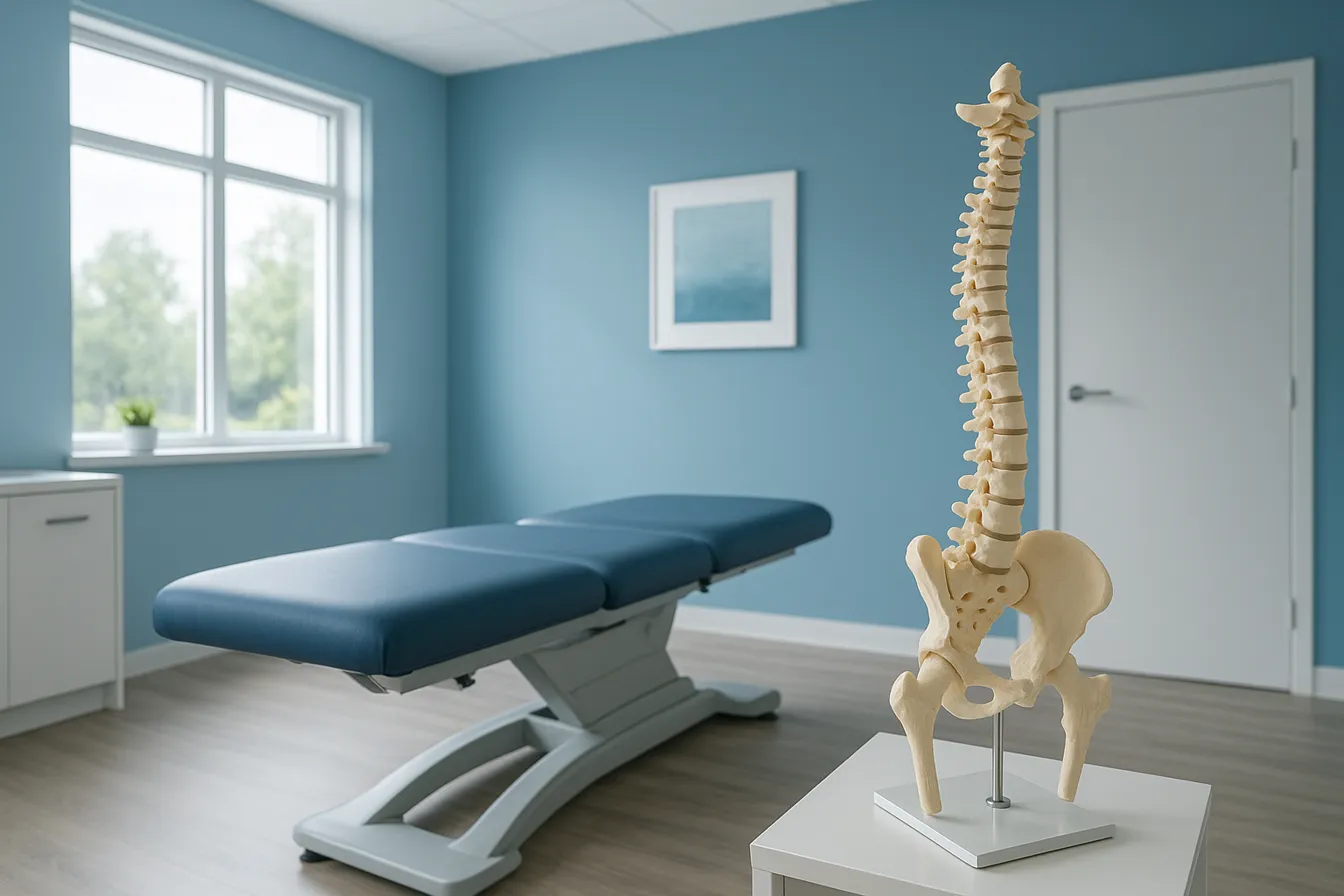
Chiropractic Care: Key Benefits for Managing and Preventing Back Pain
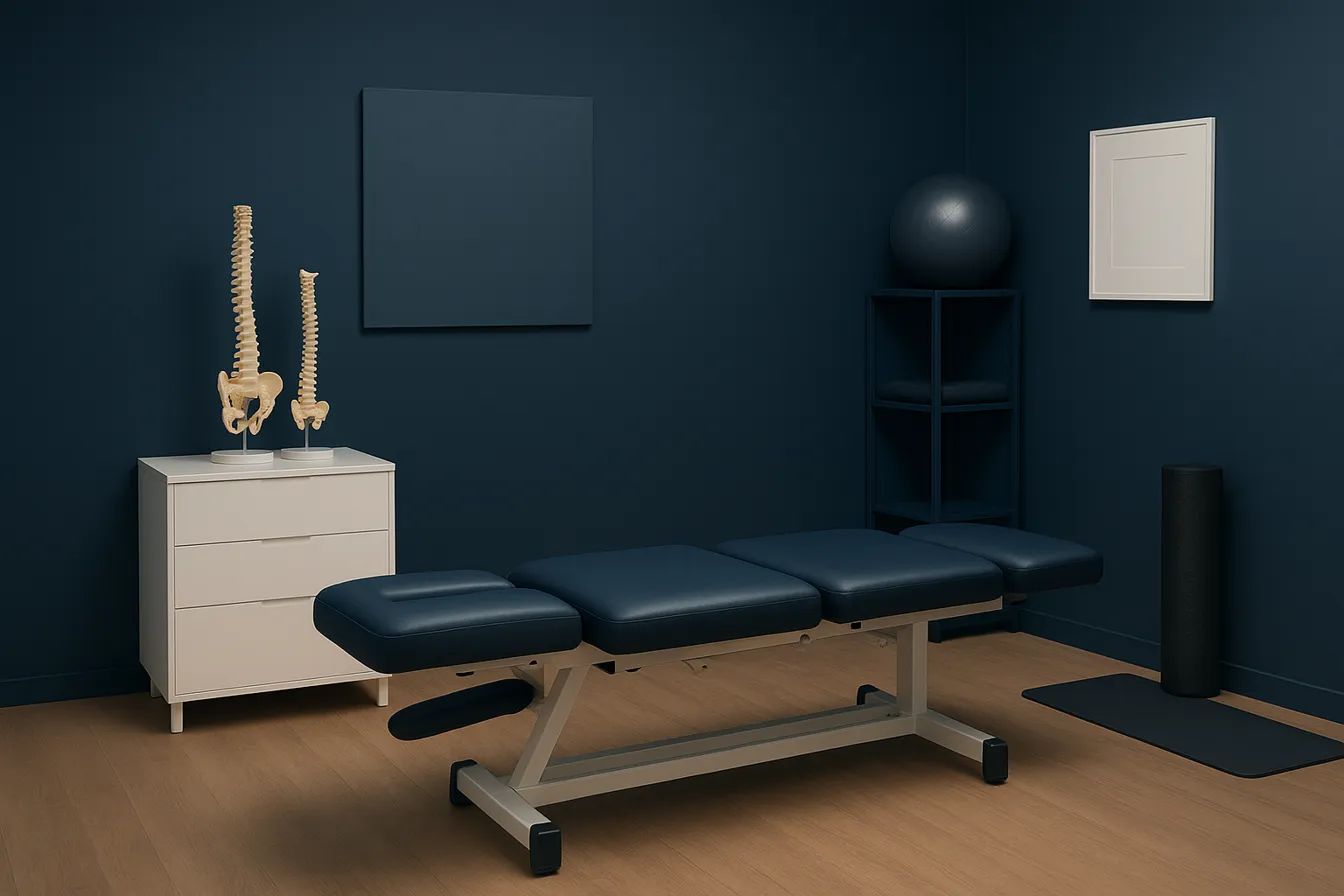
Corrective Exercises That Support Long-Term Relief from Sciatica
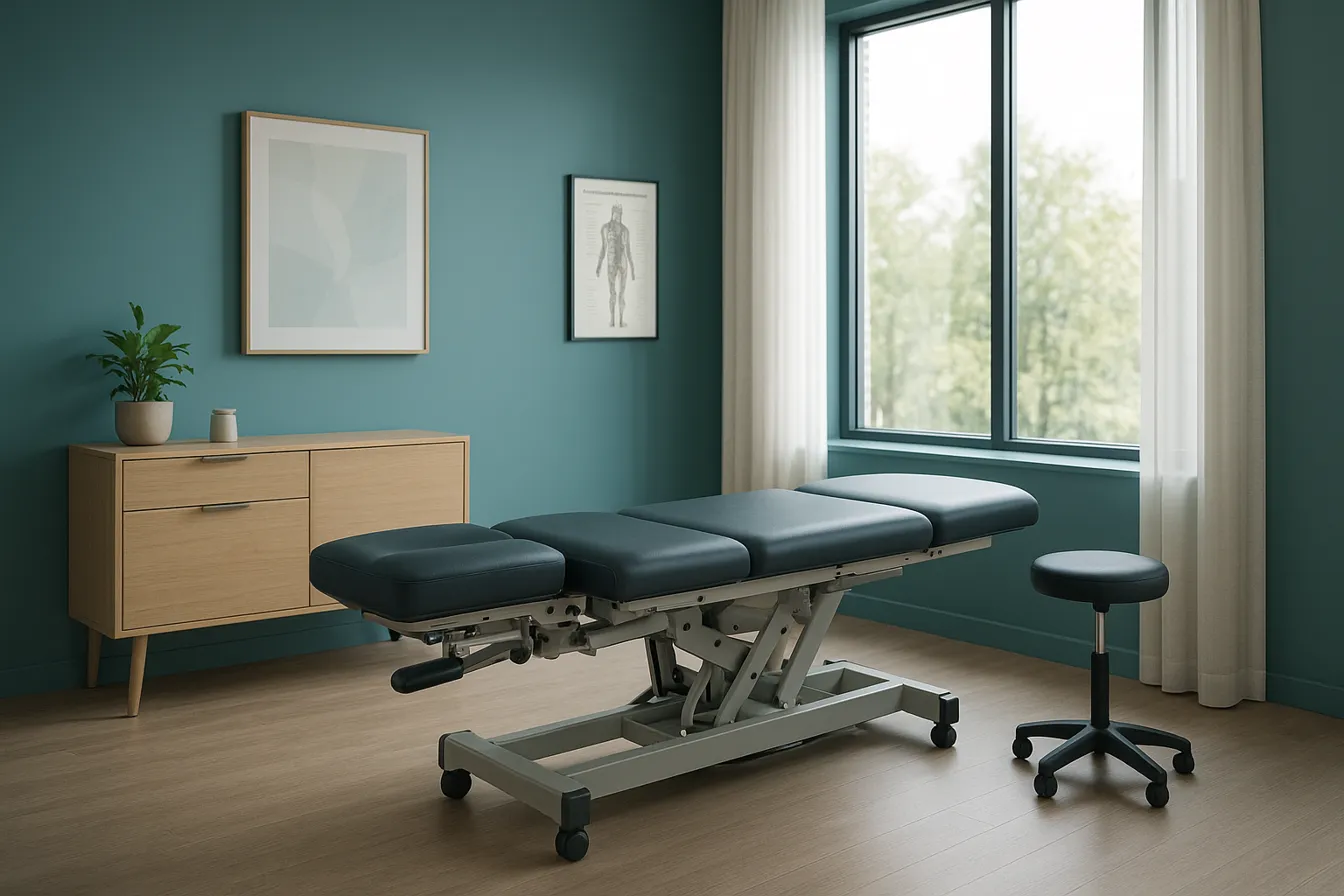
Chiropractic Methods That Provide Lasting Relief from Back Pain
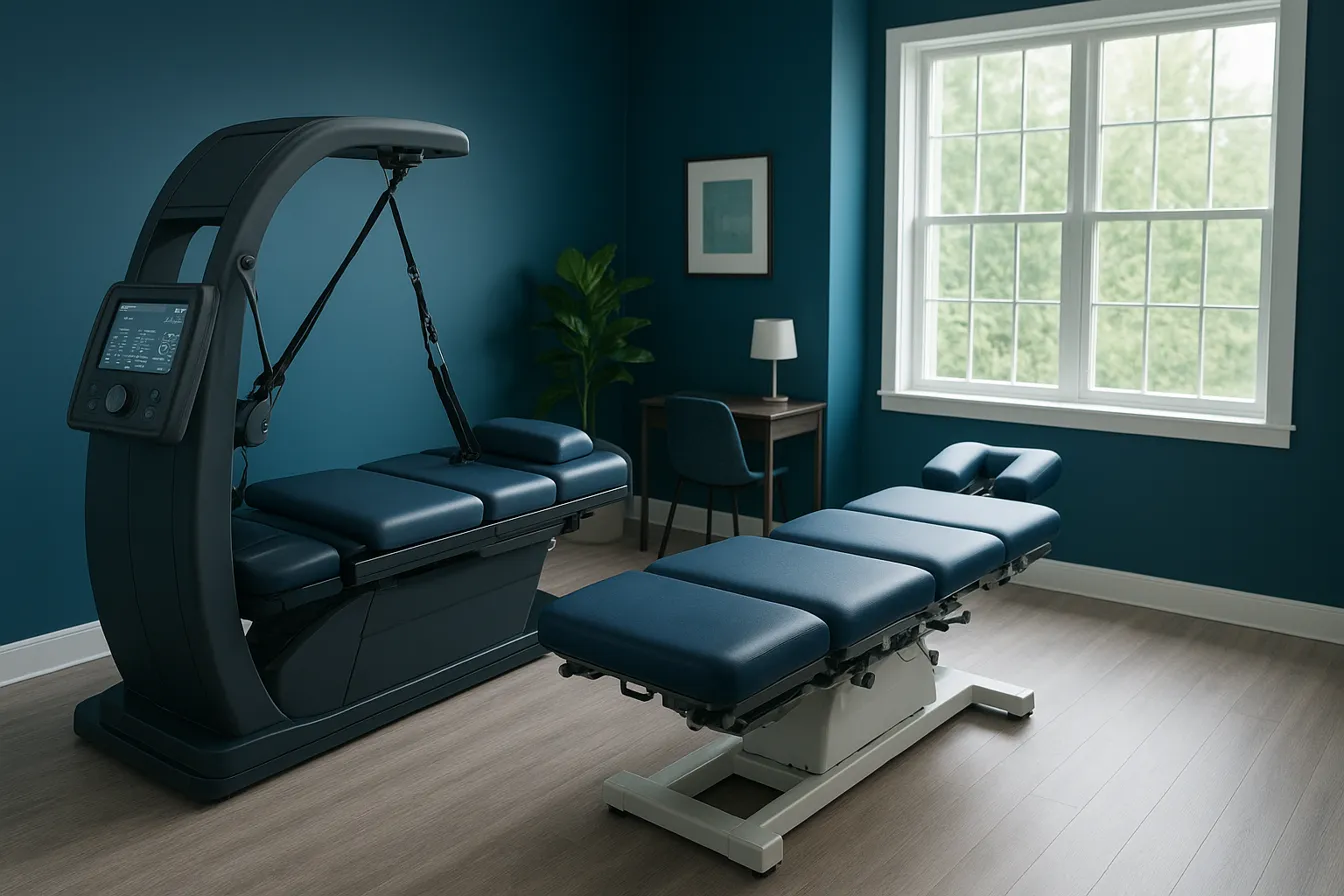
Understanding Spinal Decompression and Its Benefits for Sciatica
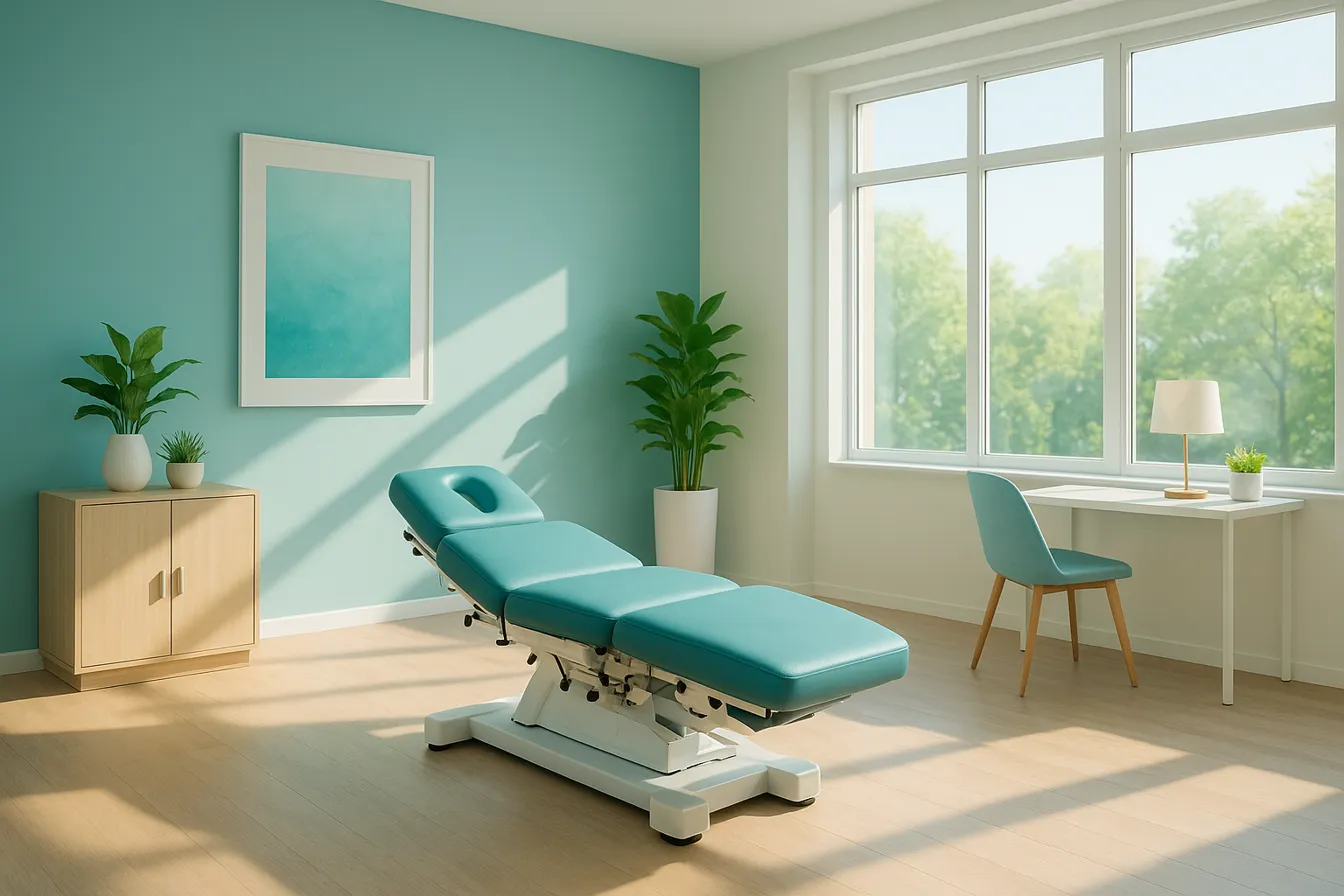
Real Patient Testimonials: Success Stories in Chiropractic Care
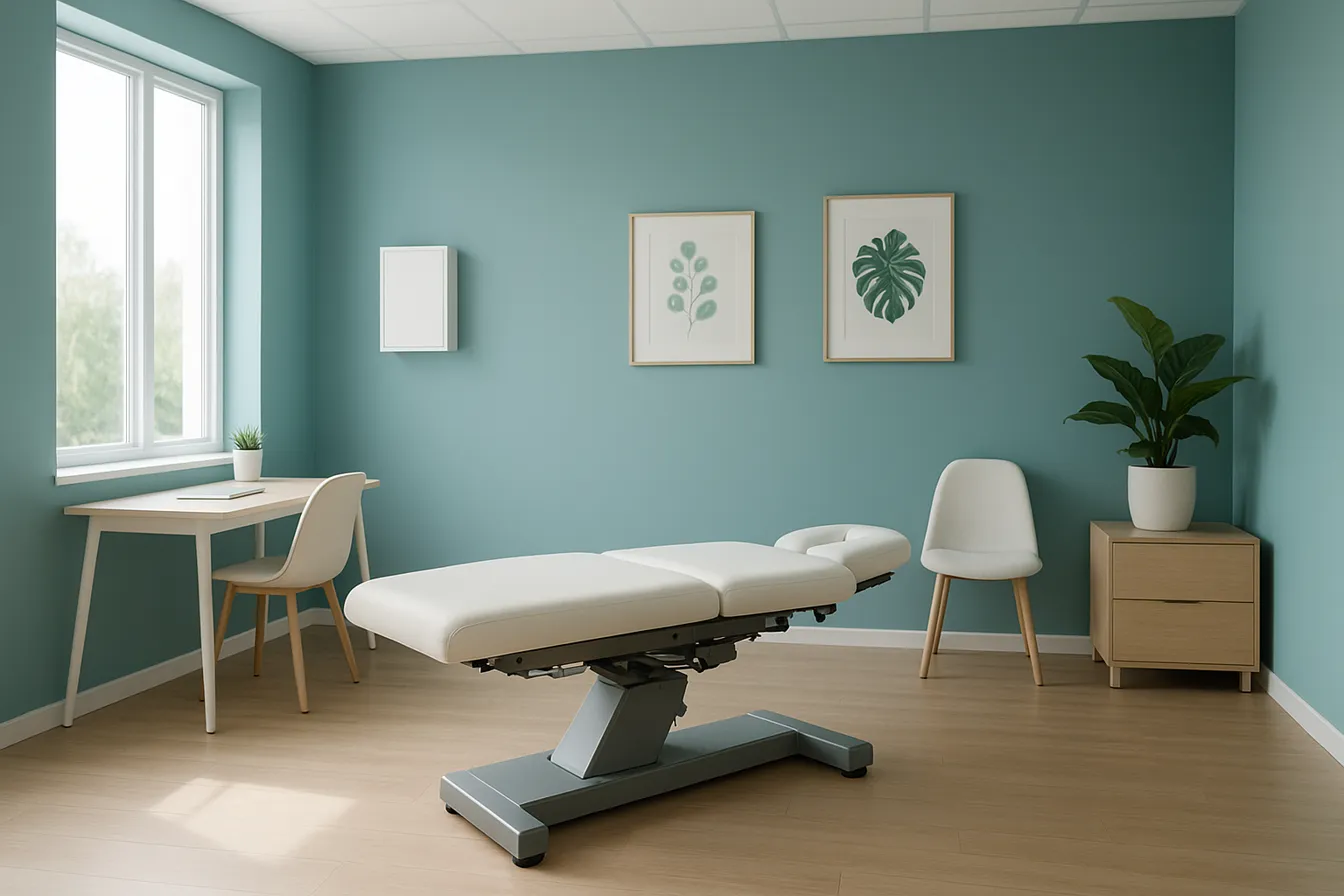
Top Questions to Ask Your Chiropractor During Your Initial Visit
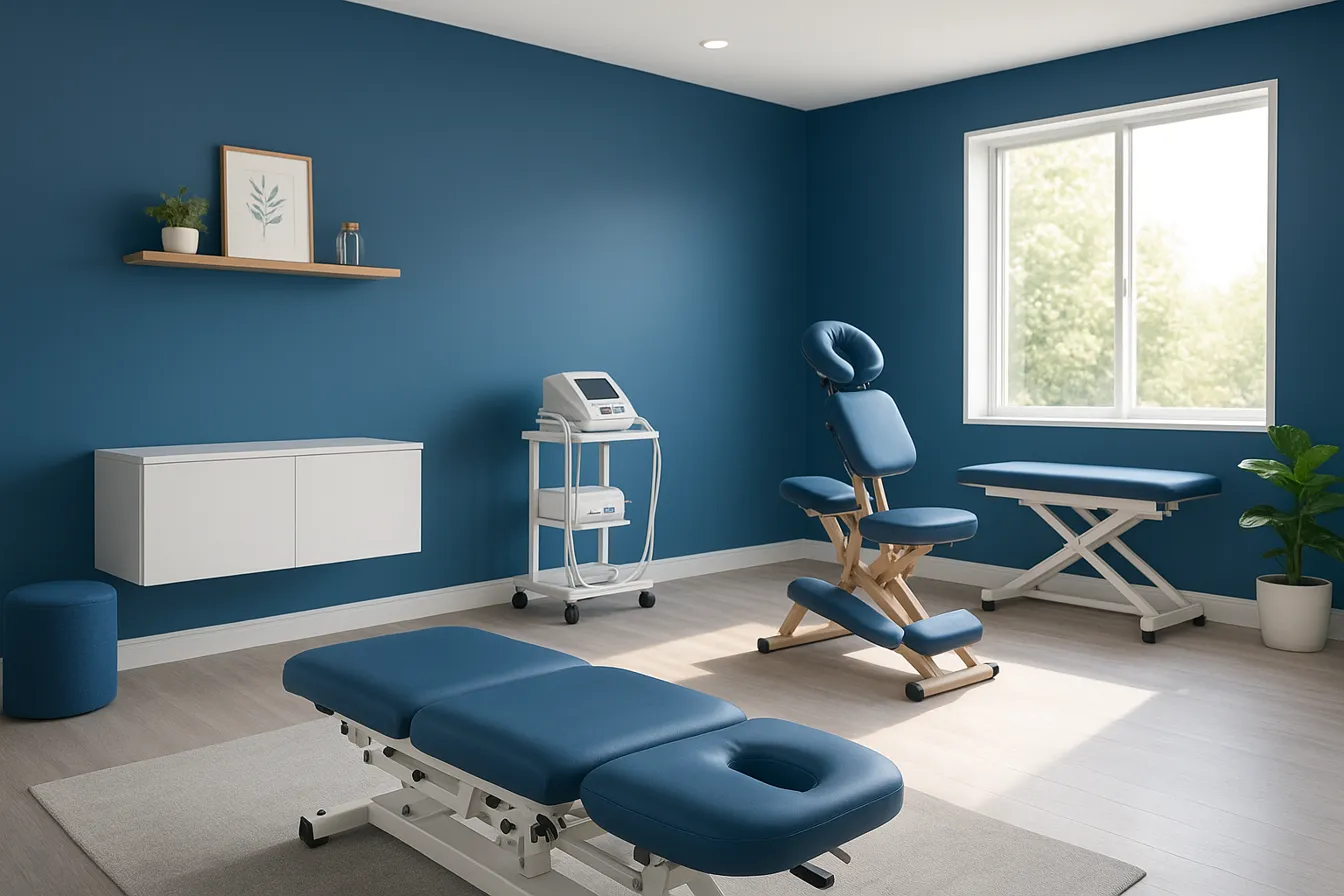
Physiotherapy's Role in Supporting Chiropractic Treatment Plans
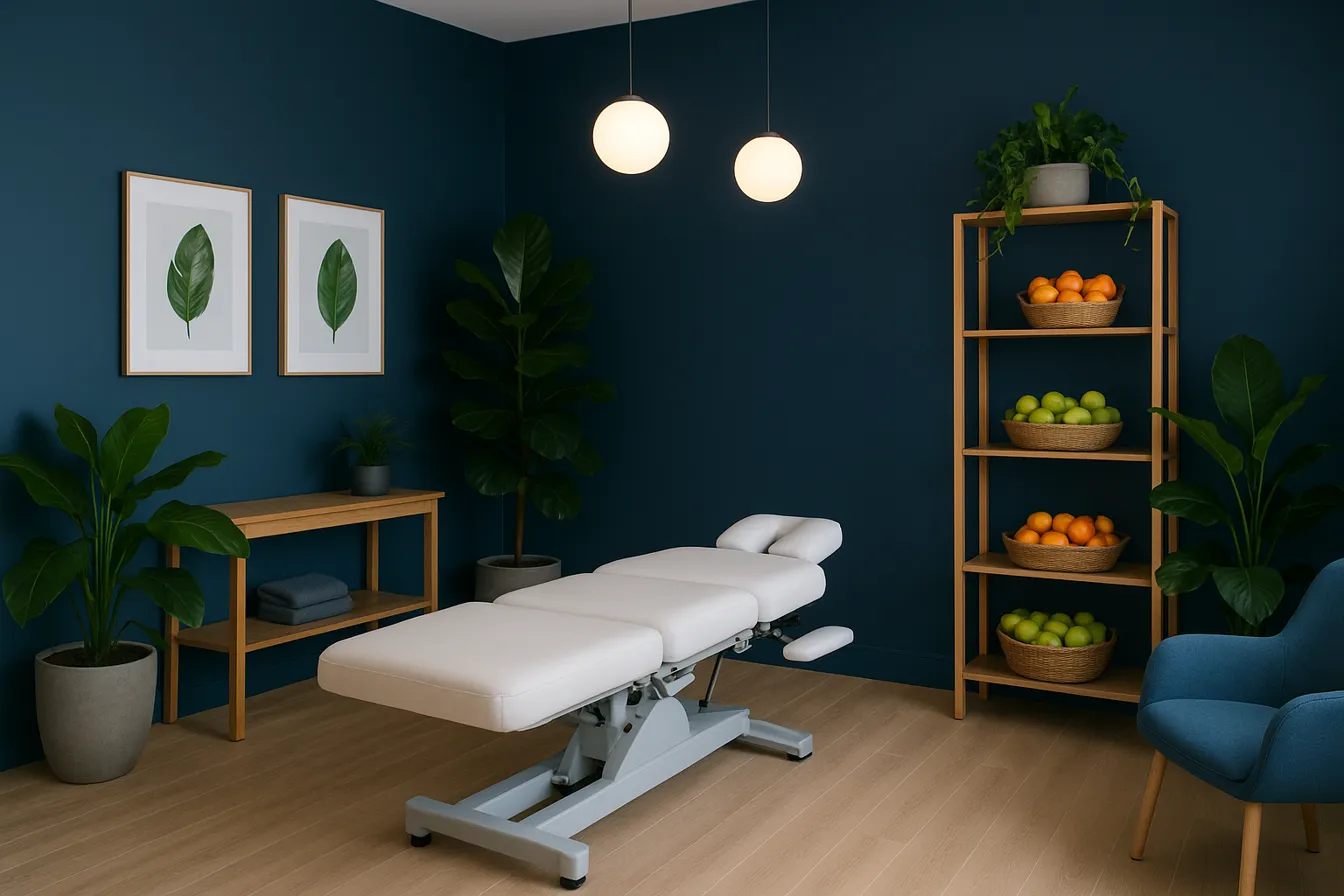
The Role of Diet and Nutrition in Enhancing Wellness and Chiropractic Care

Inspiring Patient Testimonials Highlighting Chiropractic Success
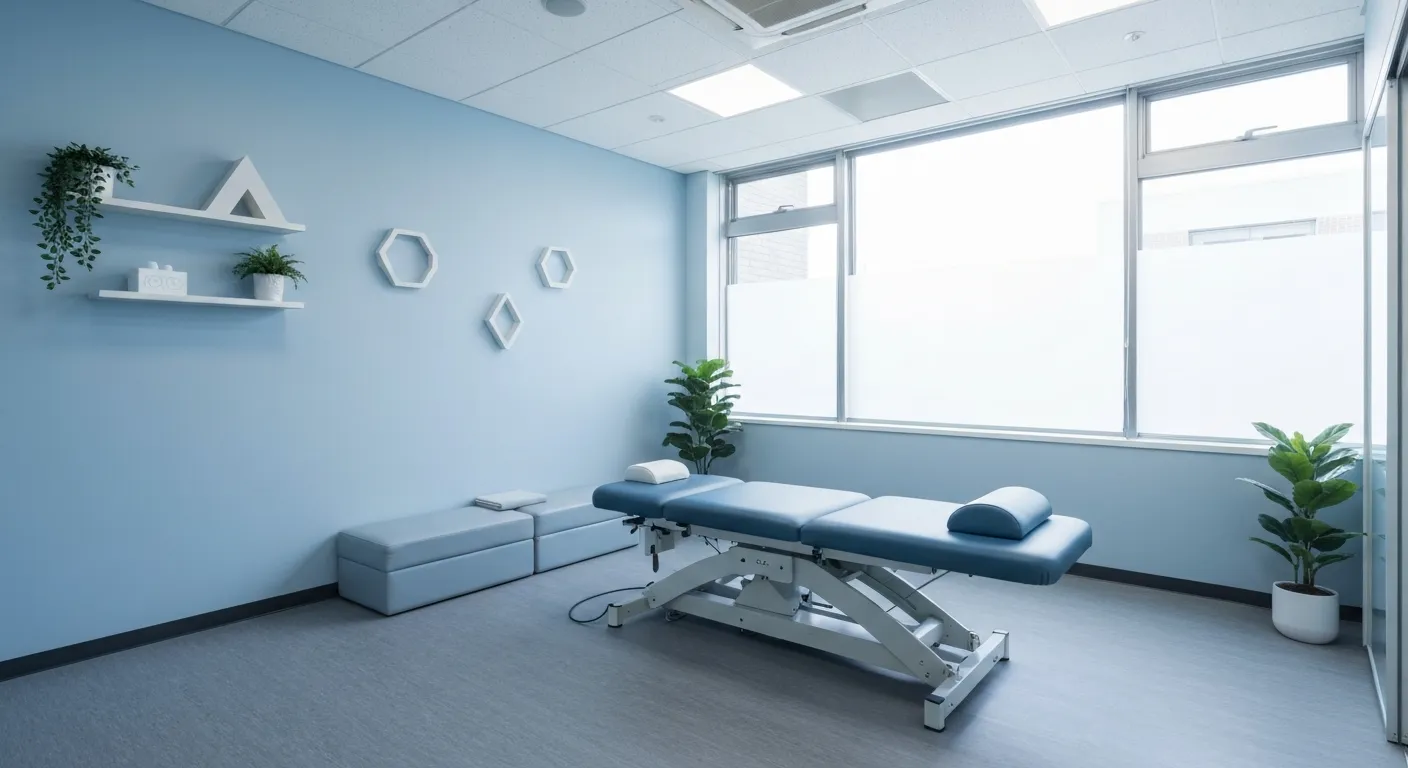
Chiropractic Care: A Natural Solution for Back Pain Relief
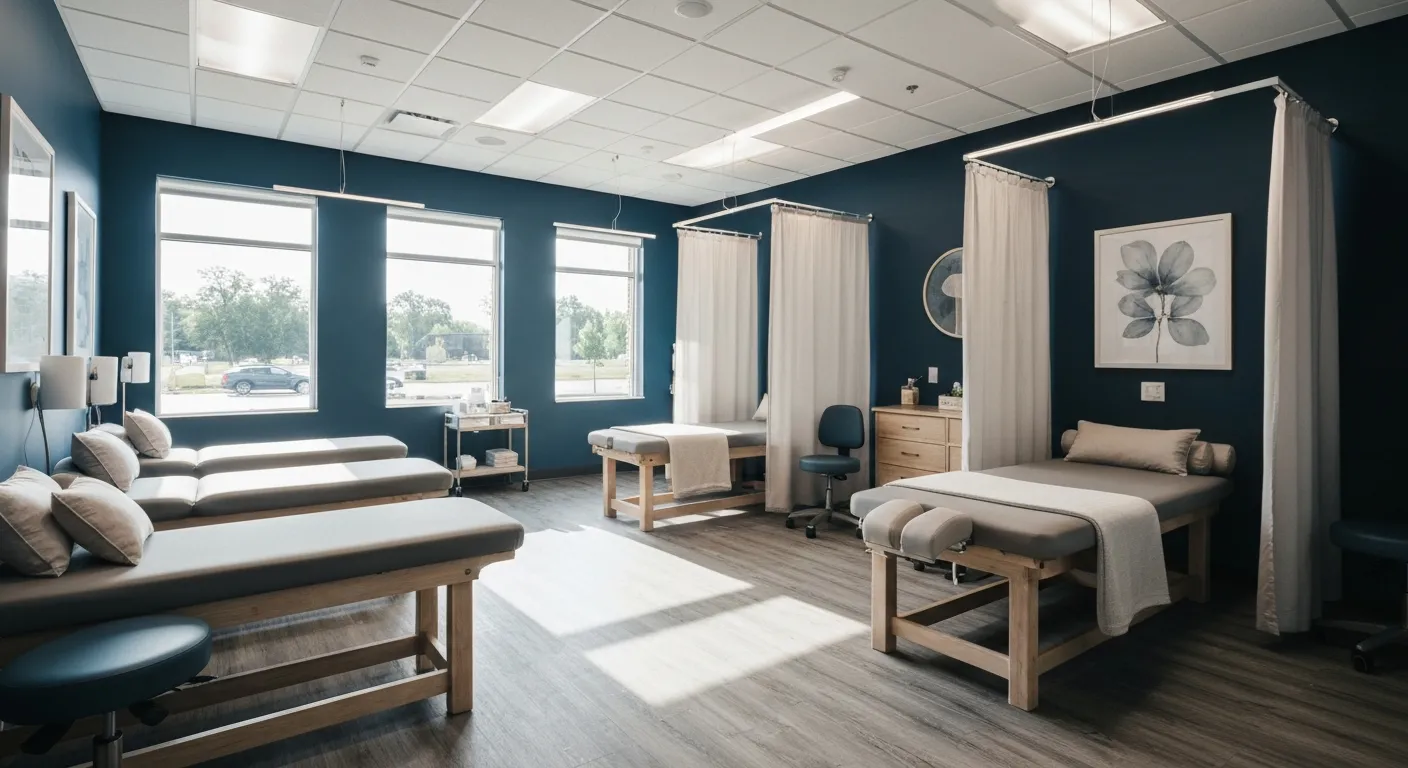
Amazing Patient Success Stories in Chiropractic Wellness
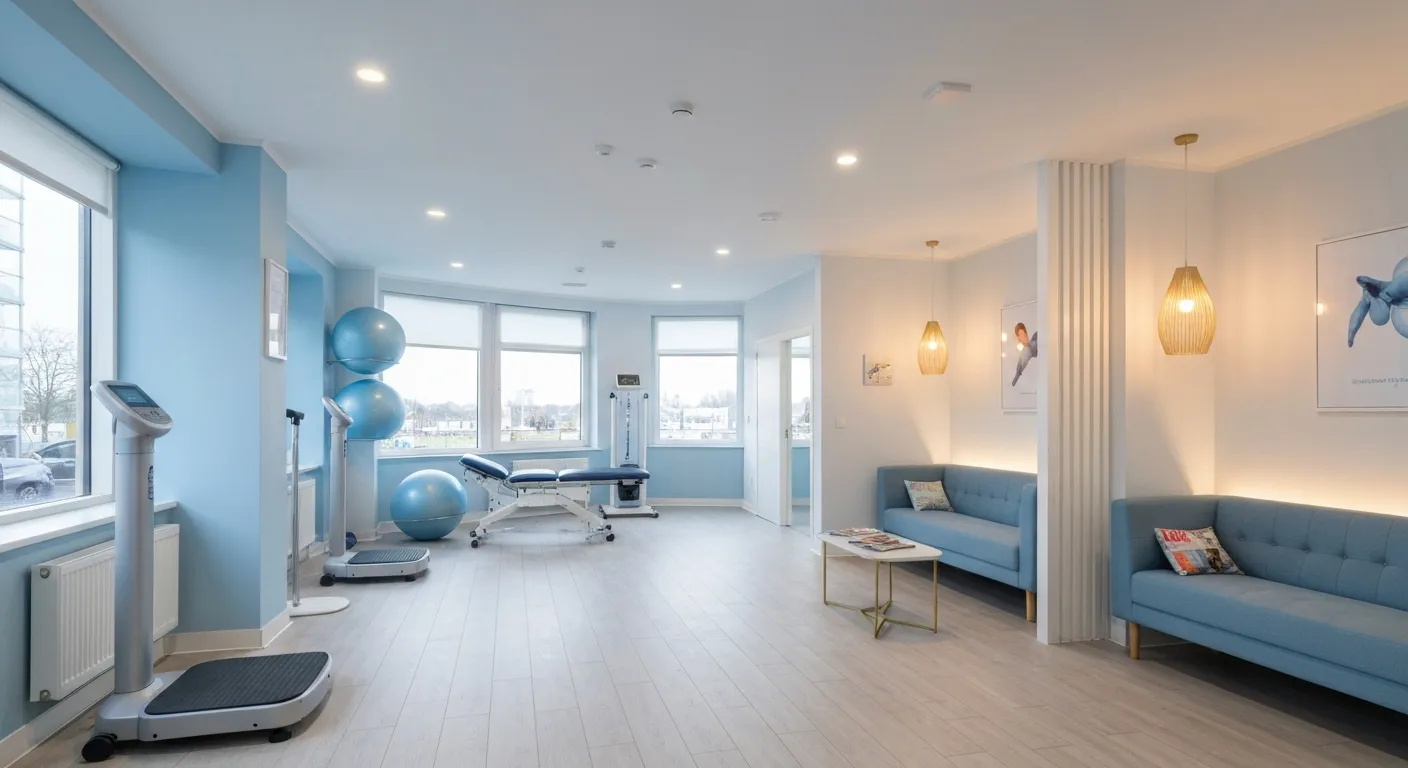
Combining Physiotherapy and Chiropractic for Optimal Healing
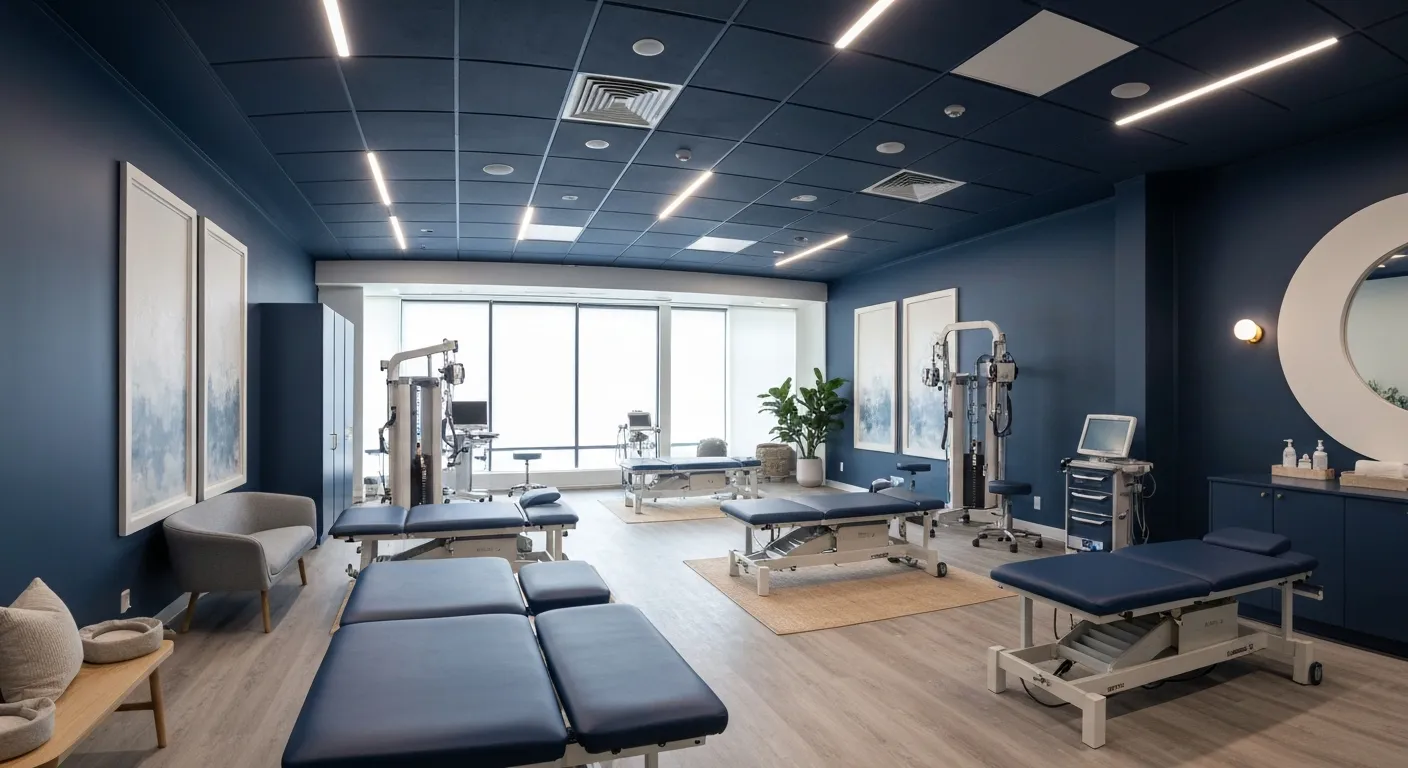
Spinal Decompression Therapy: A Breakthrough for Sciatica Sufferers
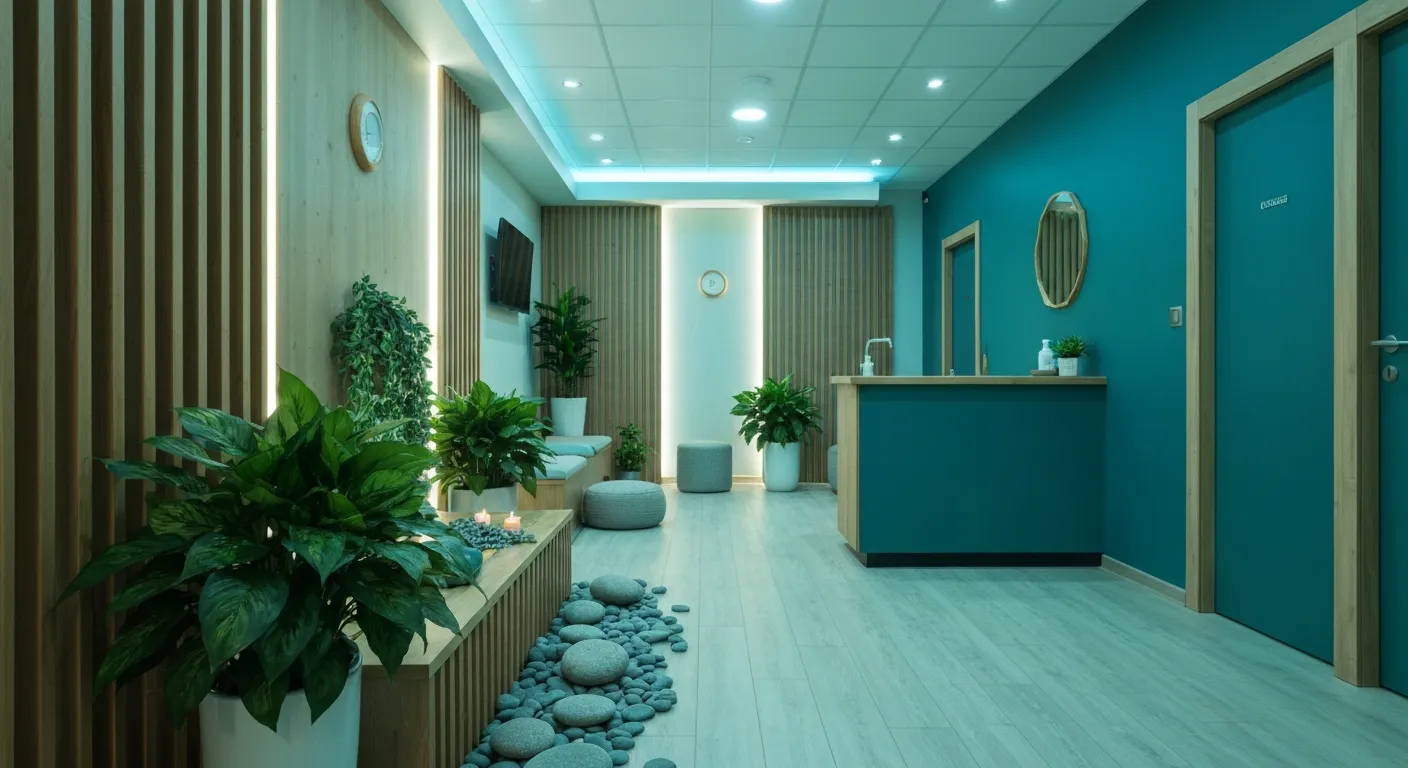
5 Holistic Treatments That Complement Chiropractic Care
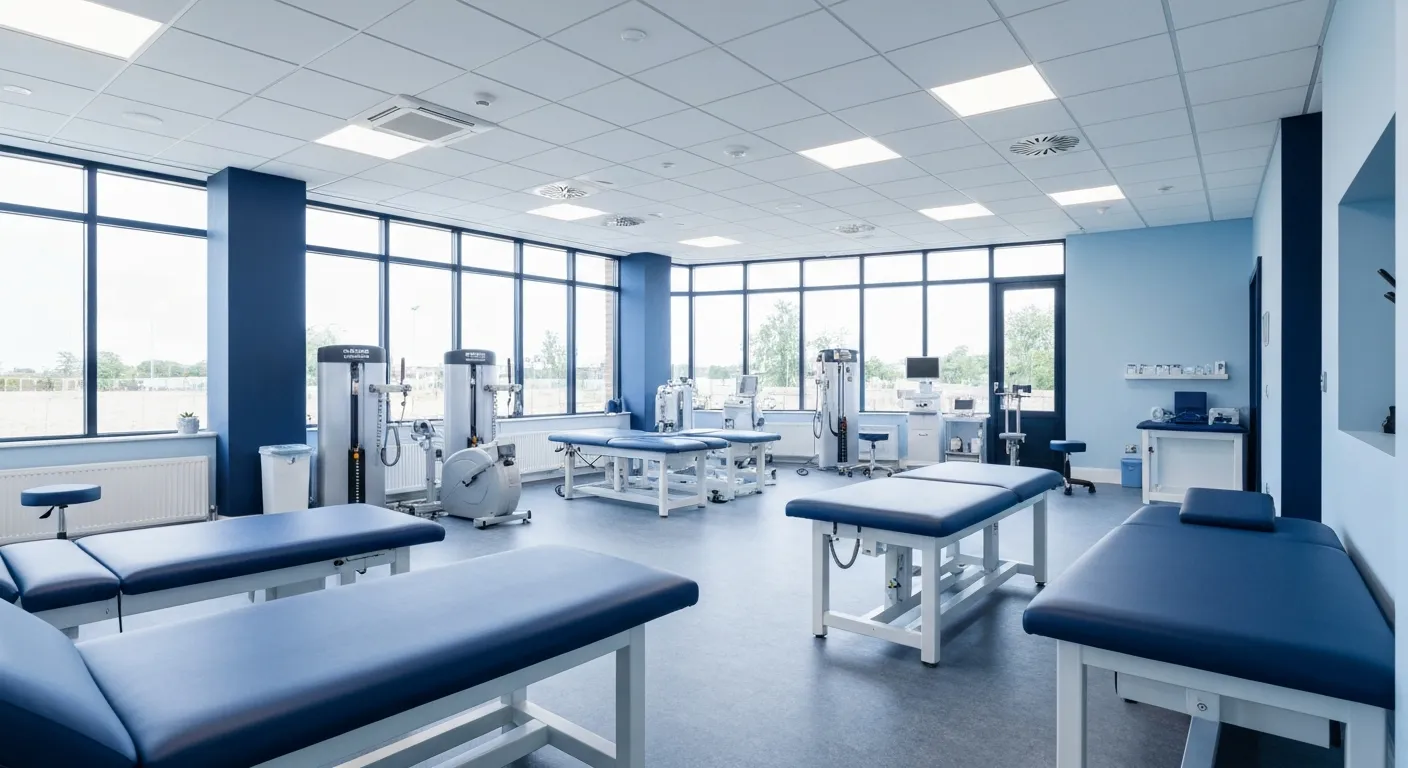
How Physiotherapy Supports and Enhances Chiropractic Treatment
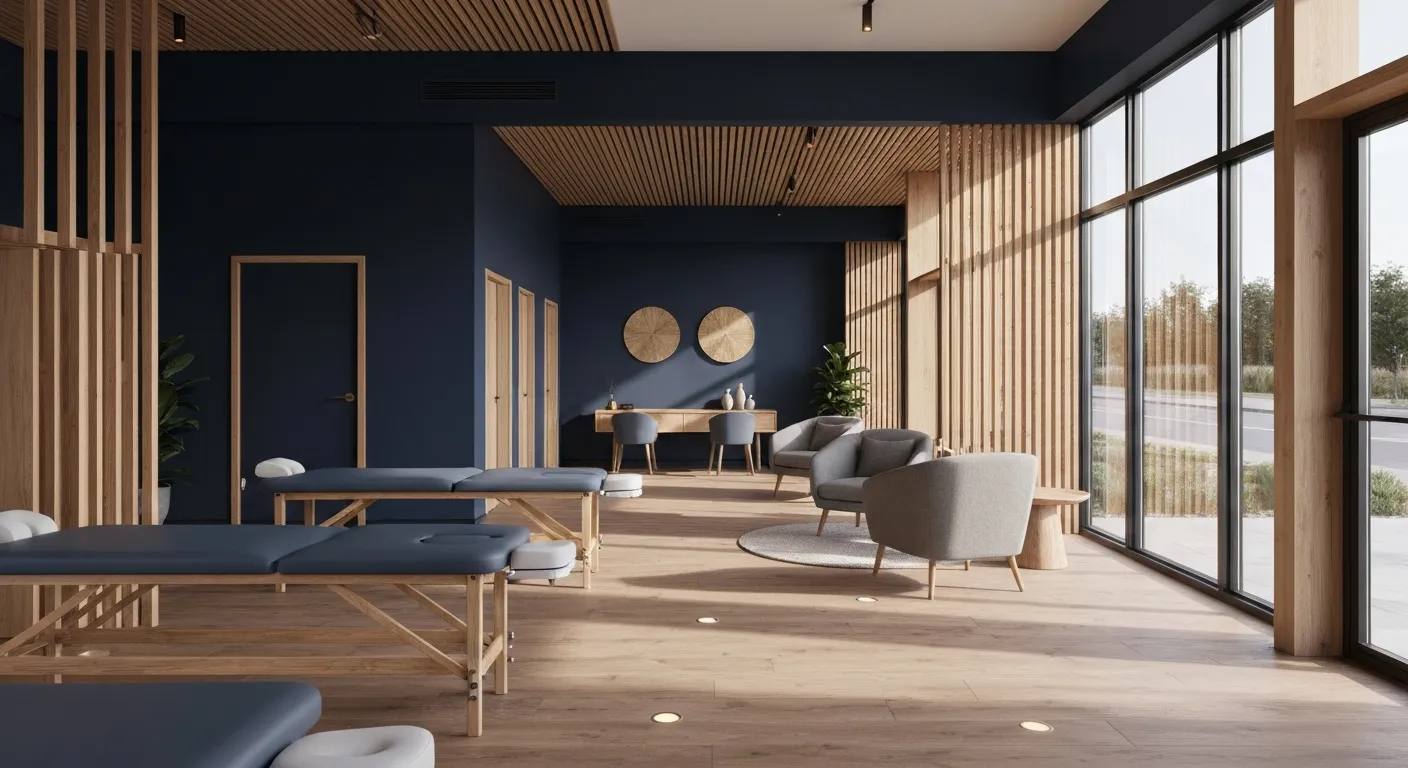
Root Cause Versus Symptom Treatment: Making the Right Choice
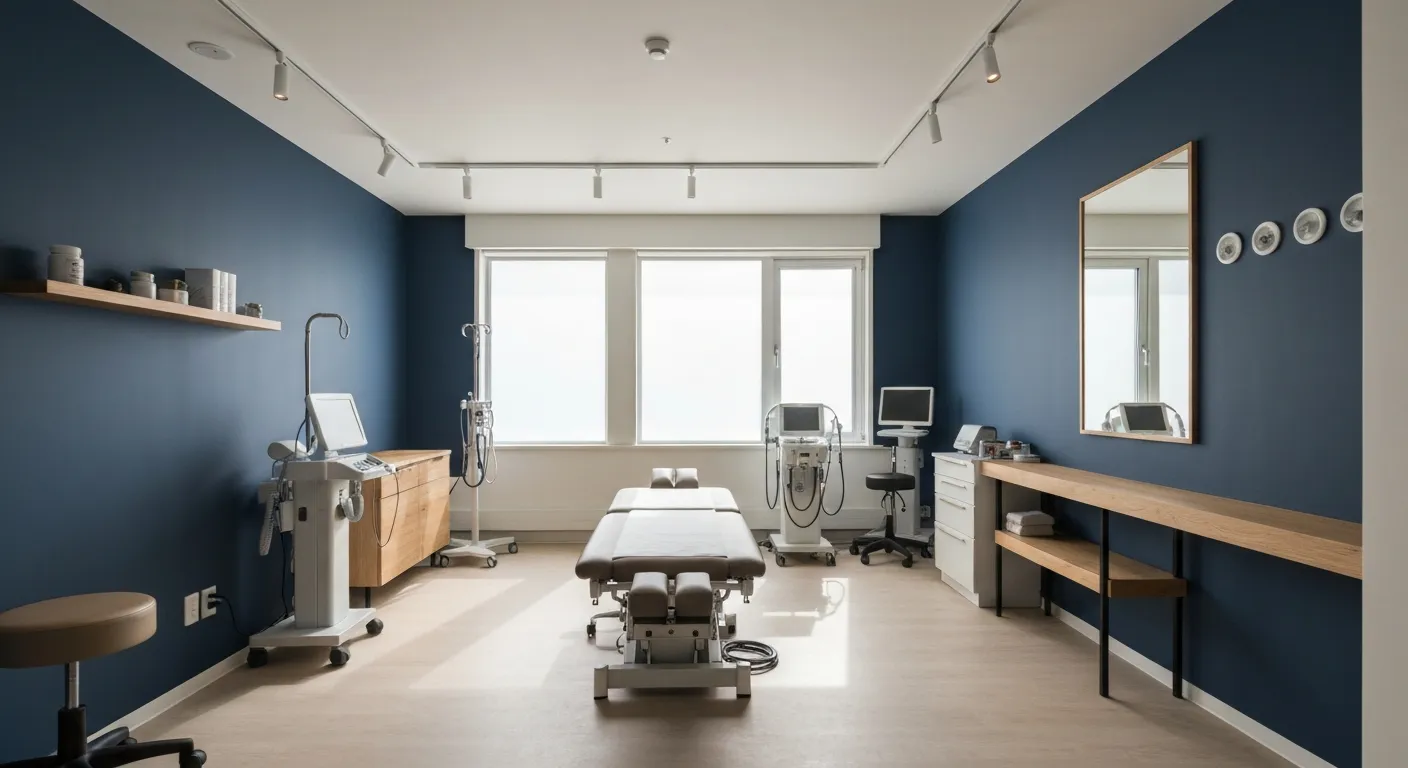
7 Essential Things to Know Before Choosing Your Chiropractor
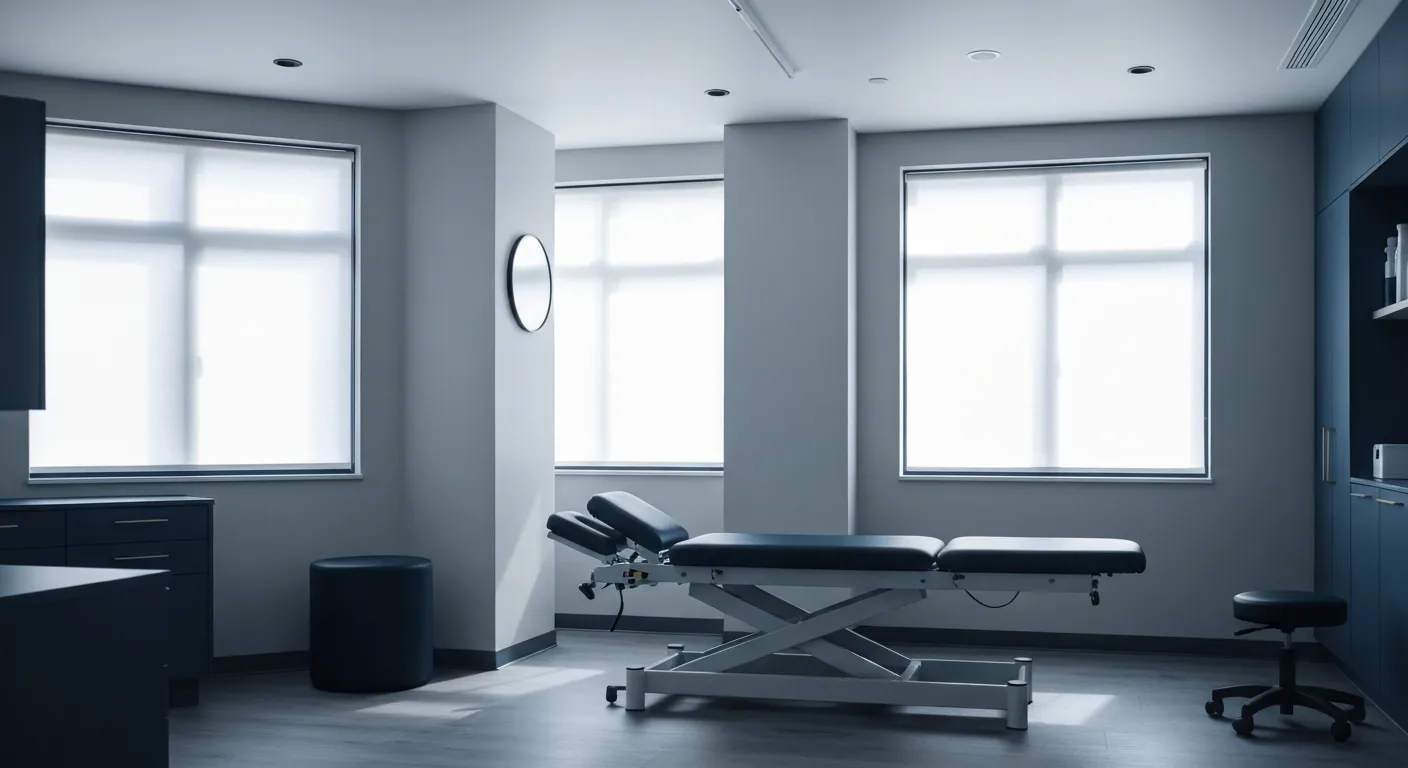
Why Addressing Root Causes of Pain Matters More Than Just Symptoms
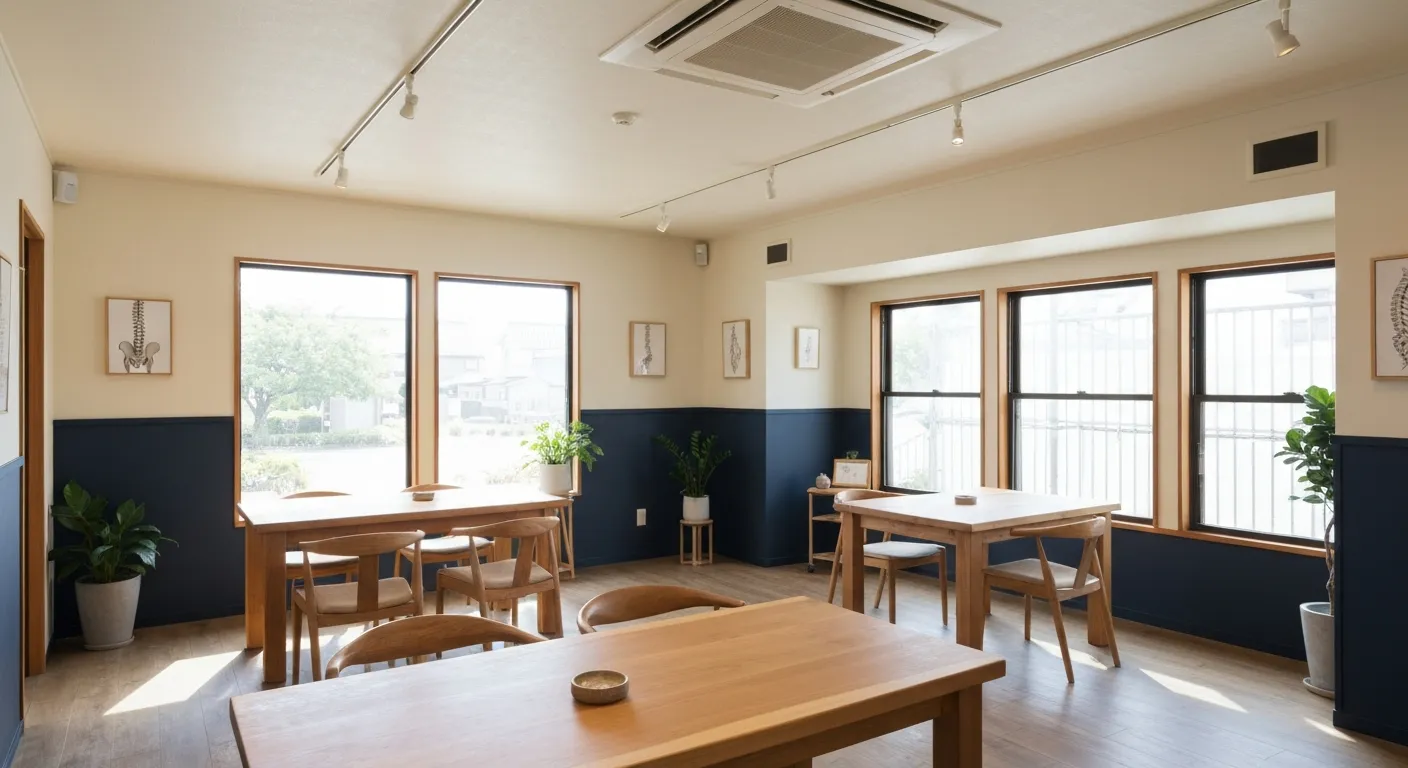
Nutritional Counseling Strategies to Boost Your Overall Wellness
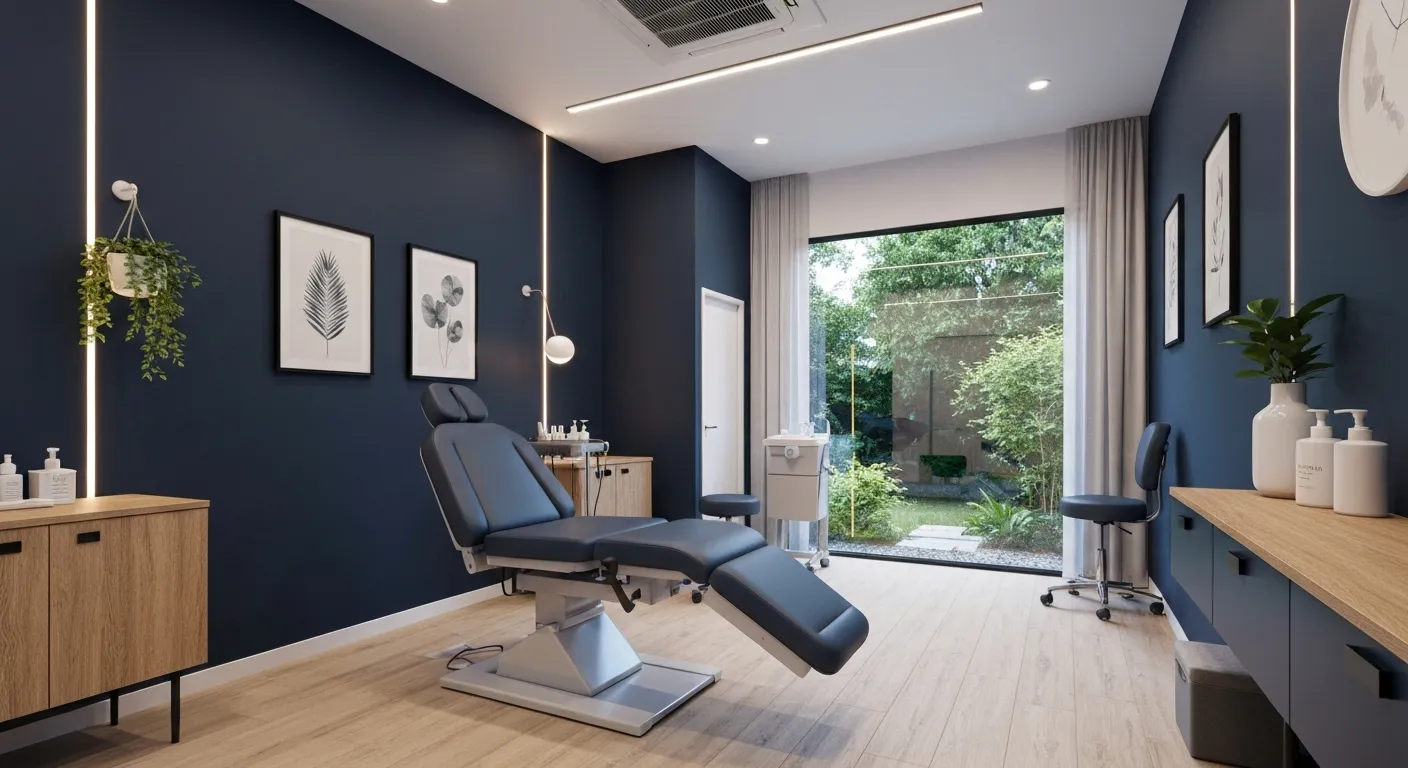
How Spinal Decompression Therapy Alleviates Sciatic Nerve Pain
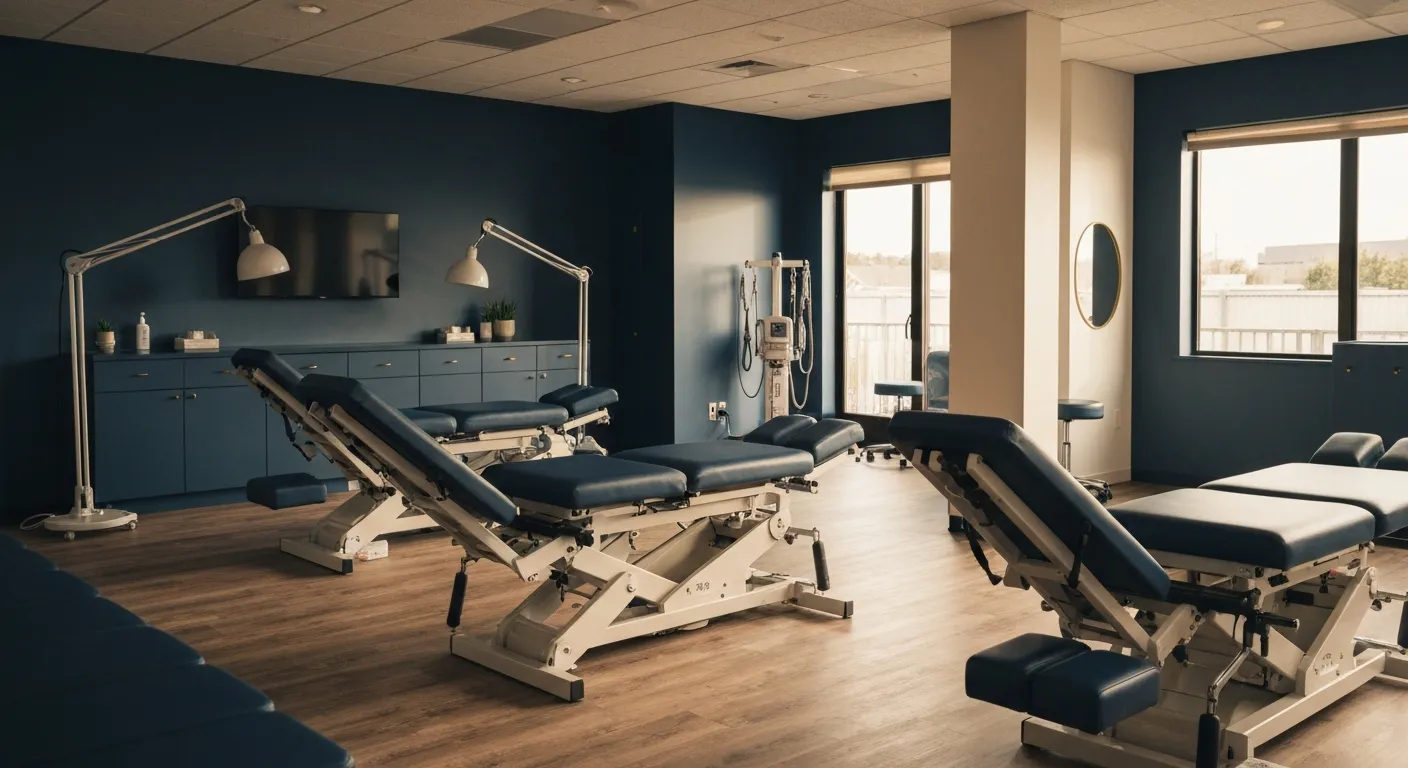
Long-Term Pain Relief Through Targeted Corrective Exercises
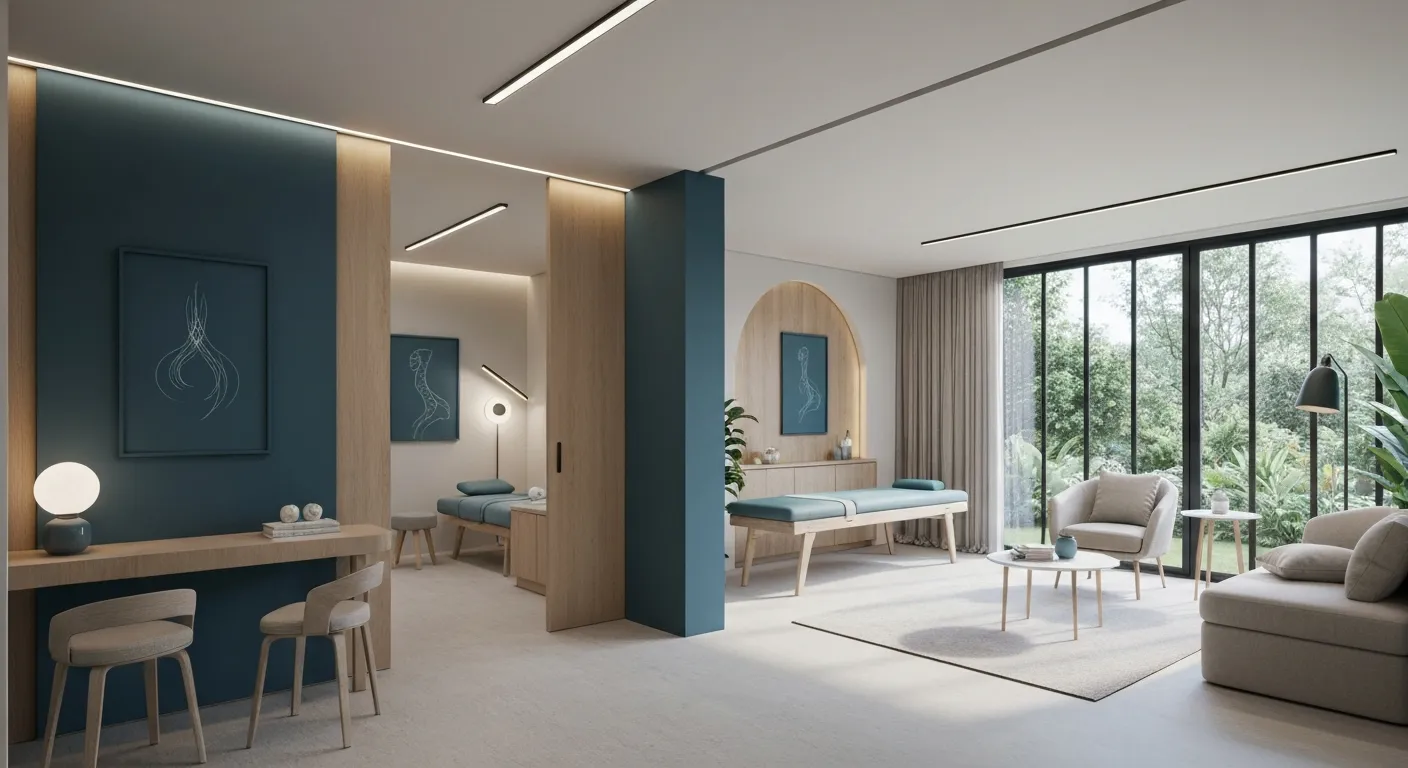
10 Benefits of Integrating Physiotherapy with Chiropractic Treatments
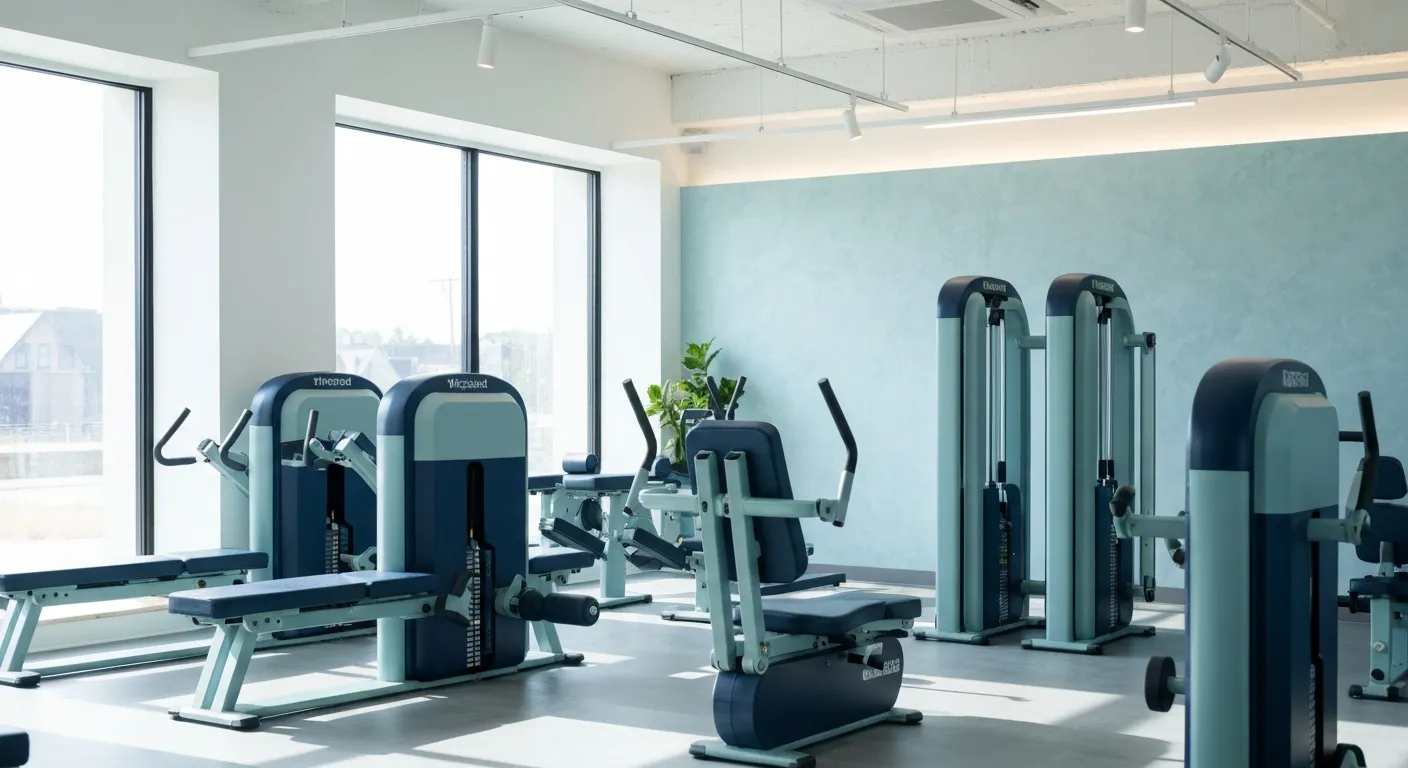
Corrective Exercises That Help Prevent Recurring Pain

8 Corrective Exercises Proven for Lasting Pain Relief
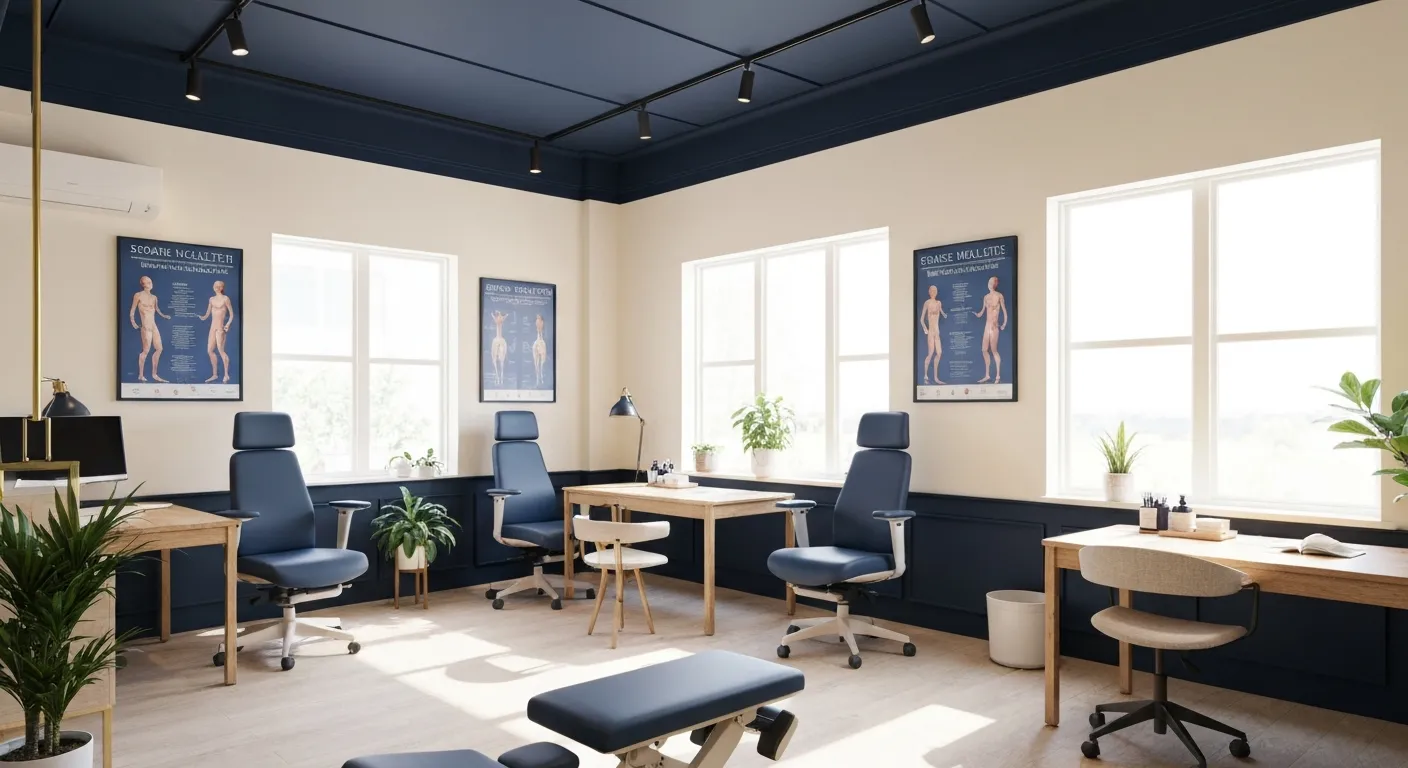
Lifestyle Habits for Maintaining a Healthy Spine

What You Will Experience at Your Initial Chiropractic Visit

What Happens at Your First Visit to a Chiropractor?
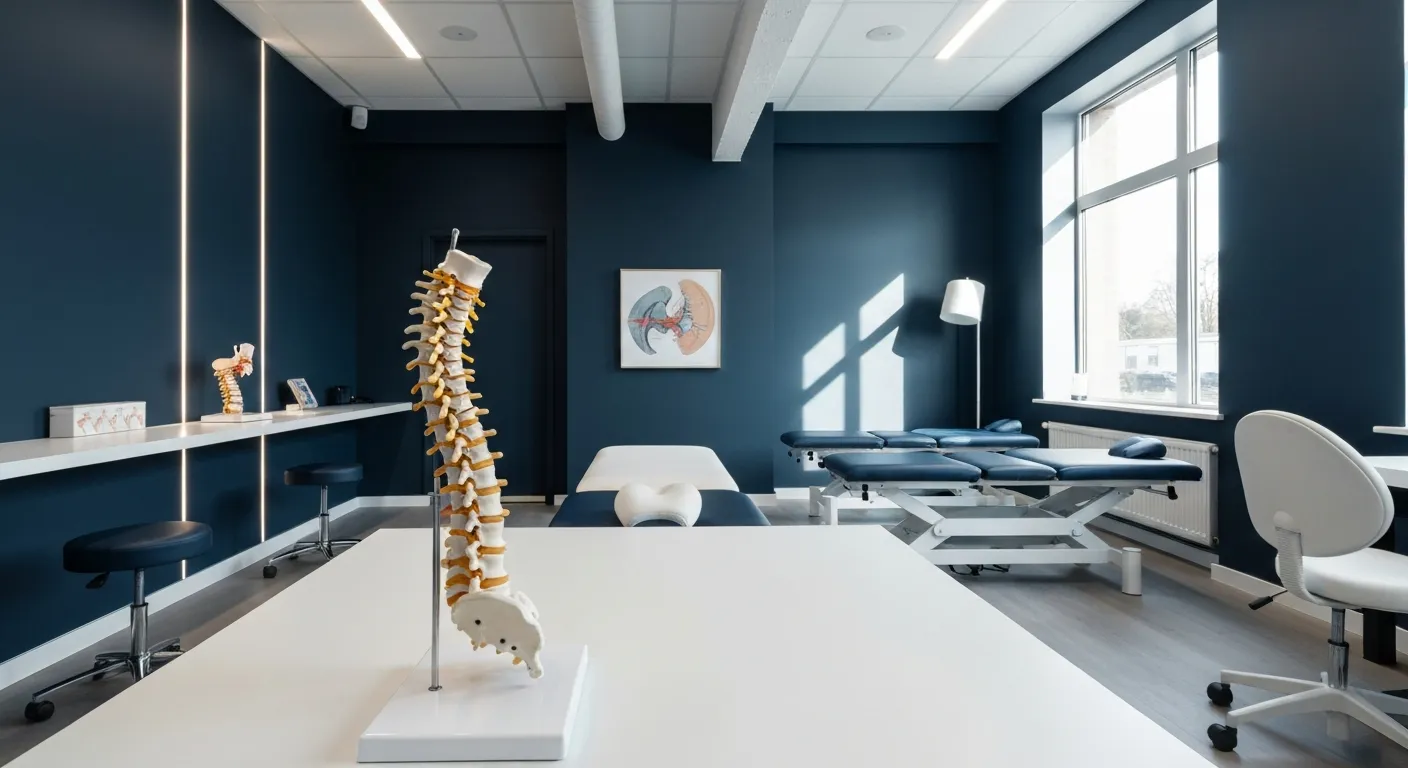
Focusing on Root Cause Analysis for Effective Pain Relief

Tips for Lifestyle Changes to Support Spinal Health

Tips for Lifestyle Changes to Support Spinal Health
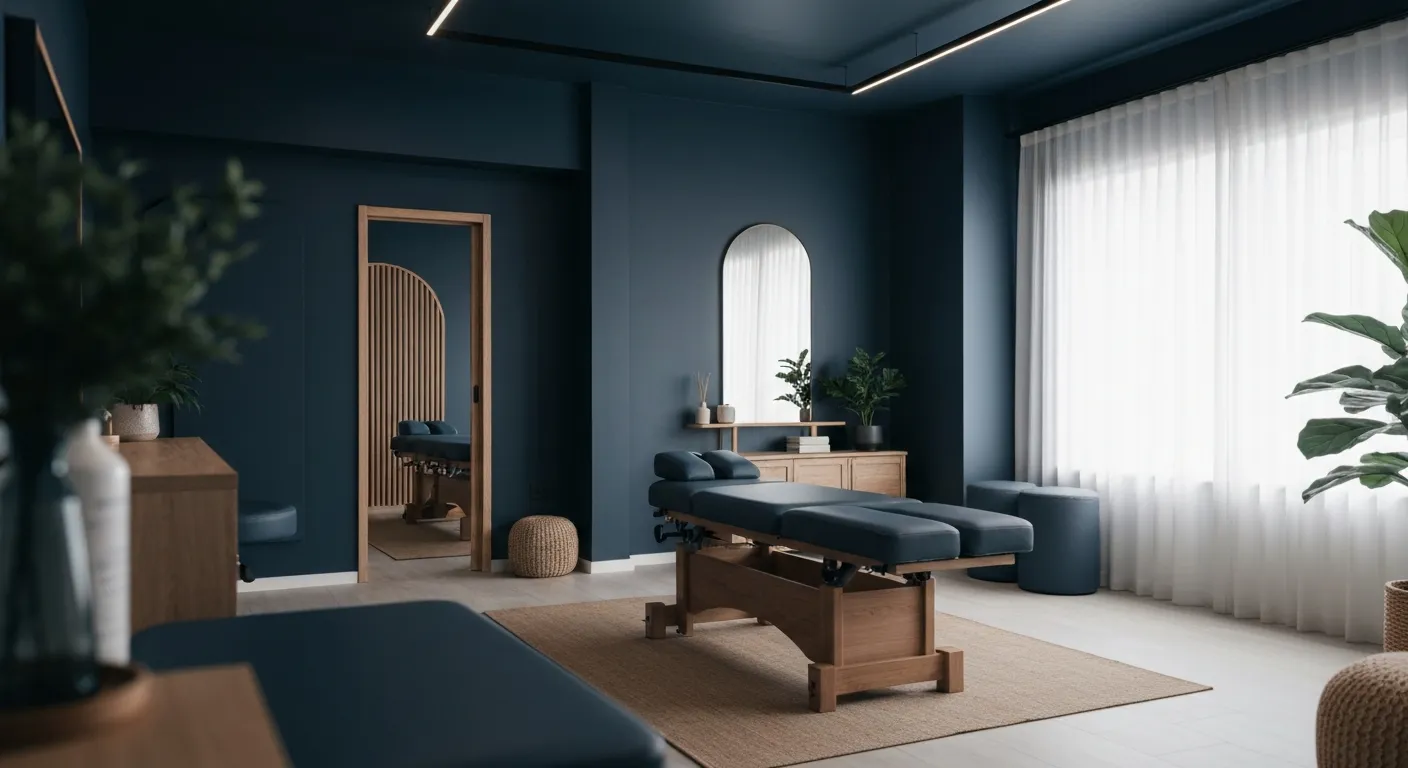
Holistic Treatment Plans: Alternatives to Surgery for Chronic Pain
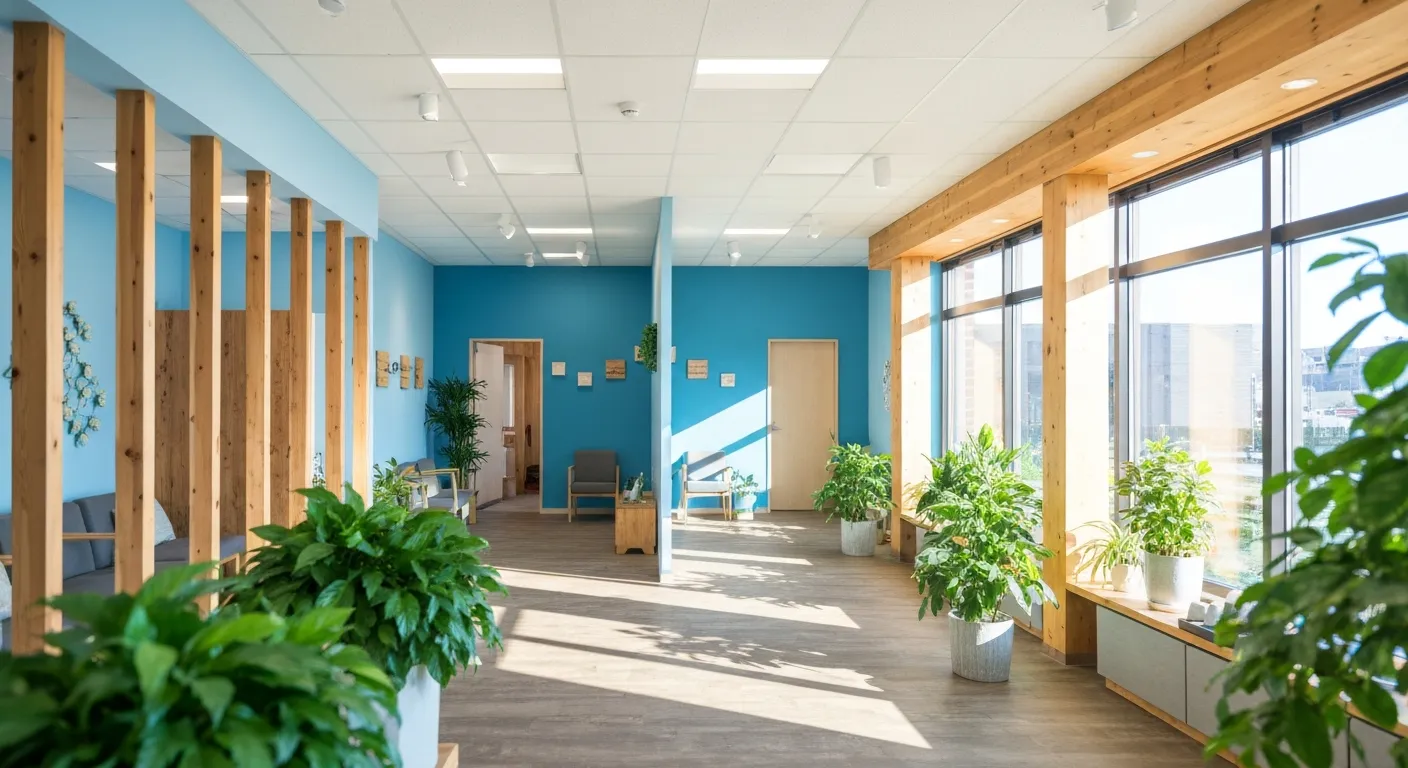
Enhance Wellness Through Personalized Nutritional Counseling

Non-Invasive Pain Relief: Exploring Holistic Treatment Alternatives

Sciatica Relief Through Targeted Spinal Decompression

Integrating Physiotherapy with Chiropractic Treatments for Better Results
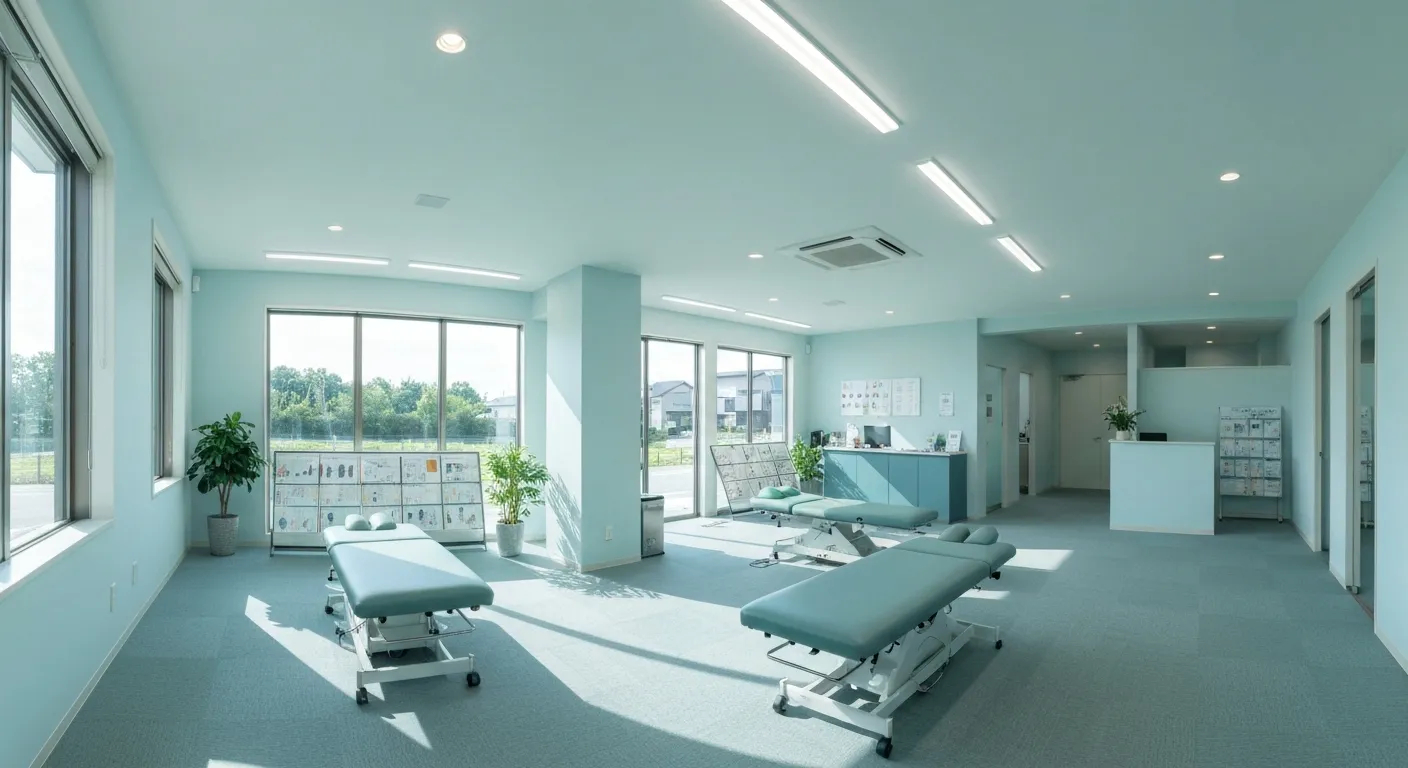
Testimonials That Demonstrate the Benefits of Chiropractic Care
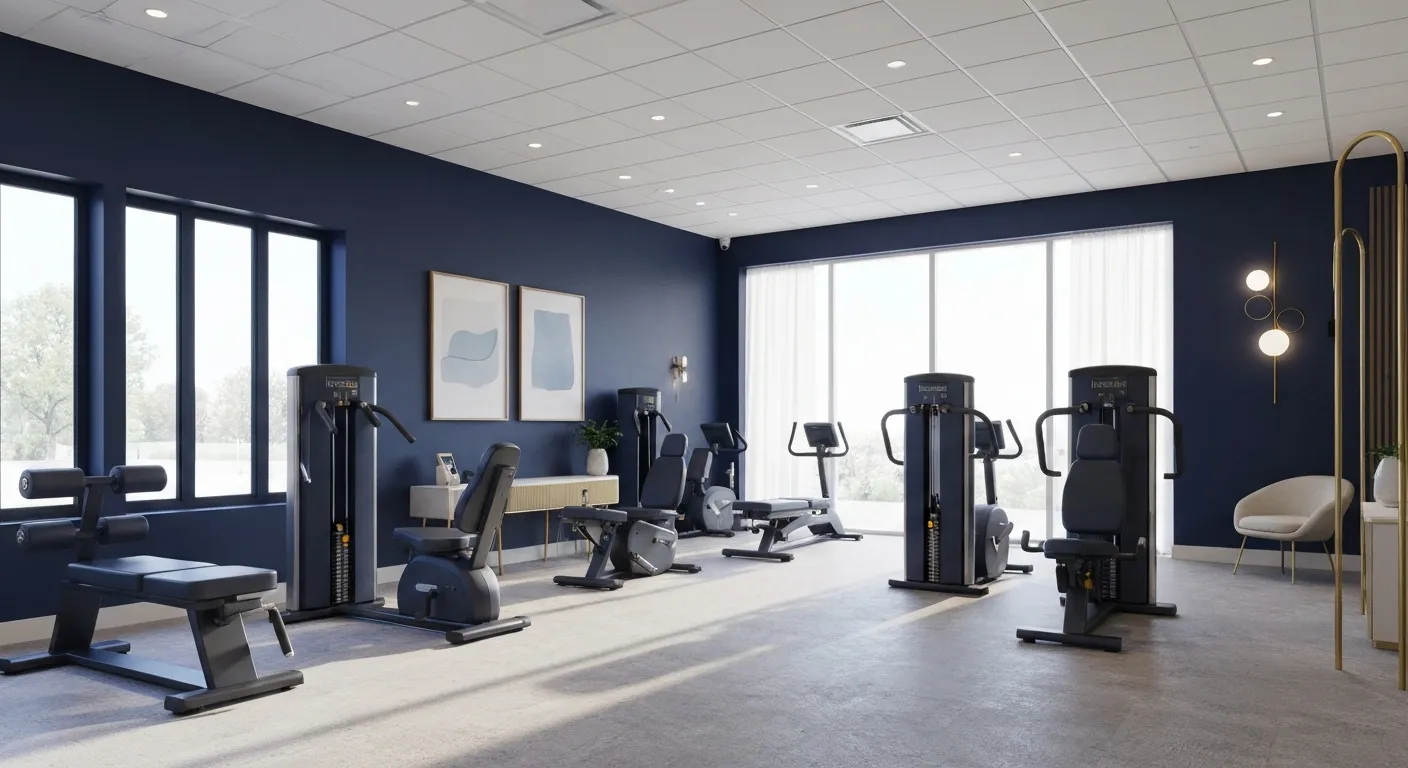
The Power of Corrective Exercises in Pain Management
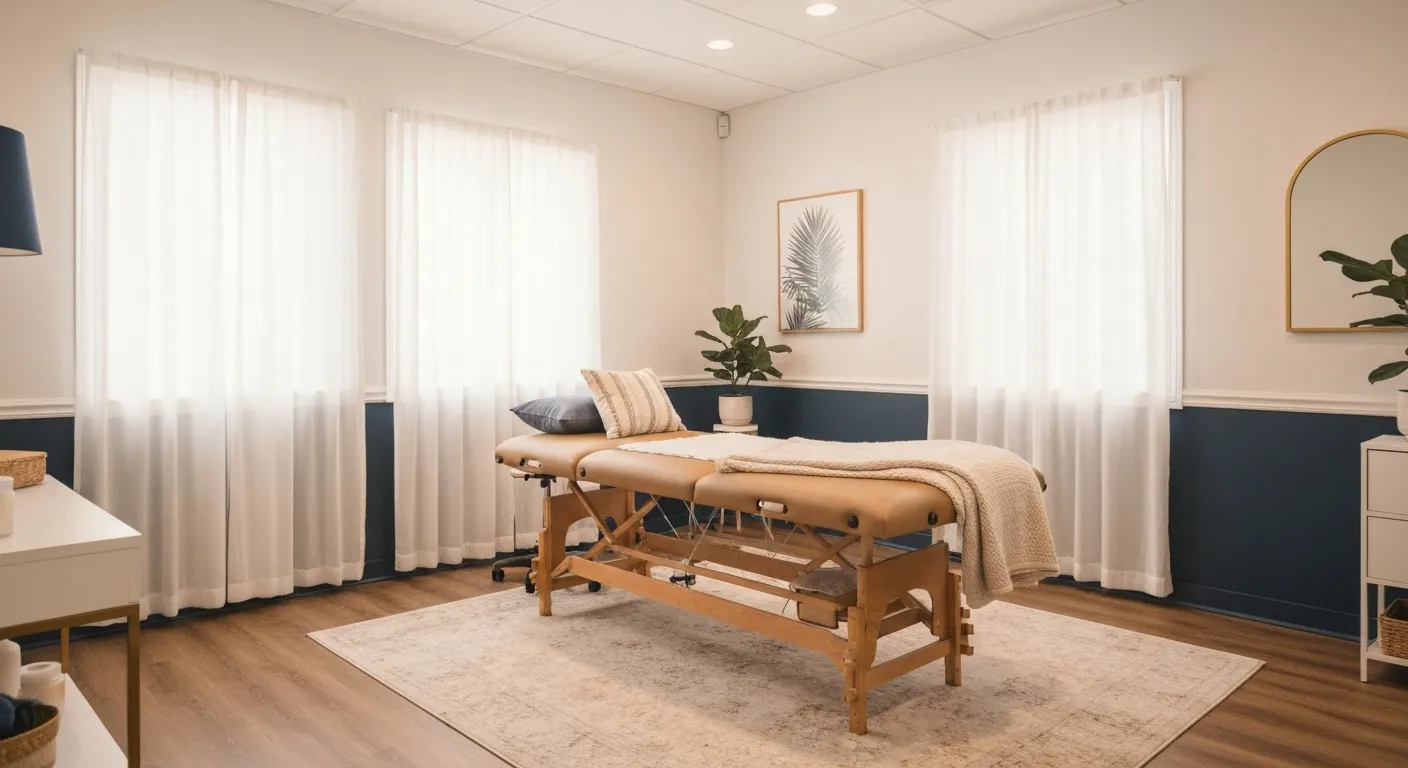
A Step-by-Step Guide to Your Initial Chiropractic Consultation
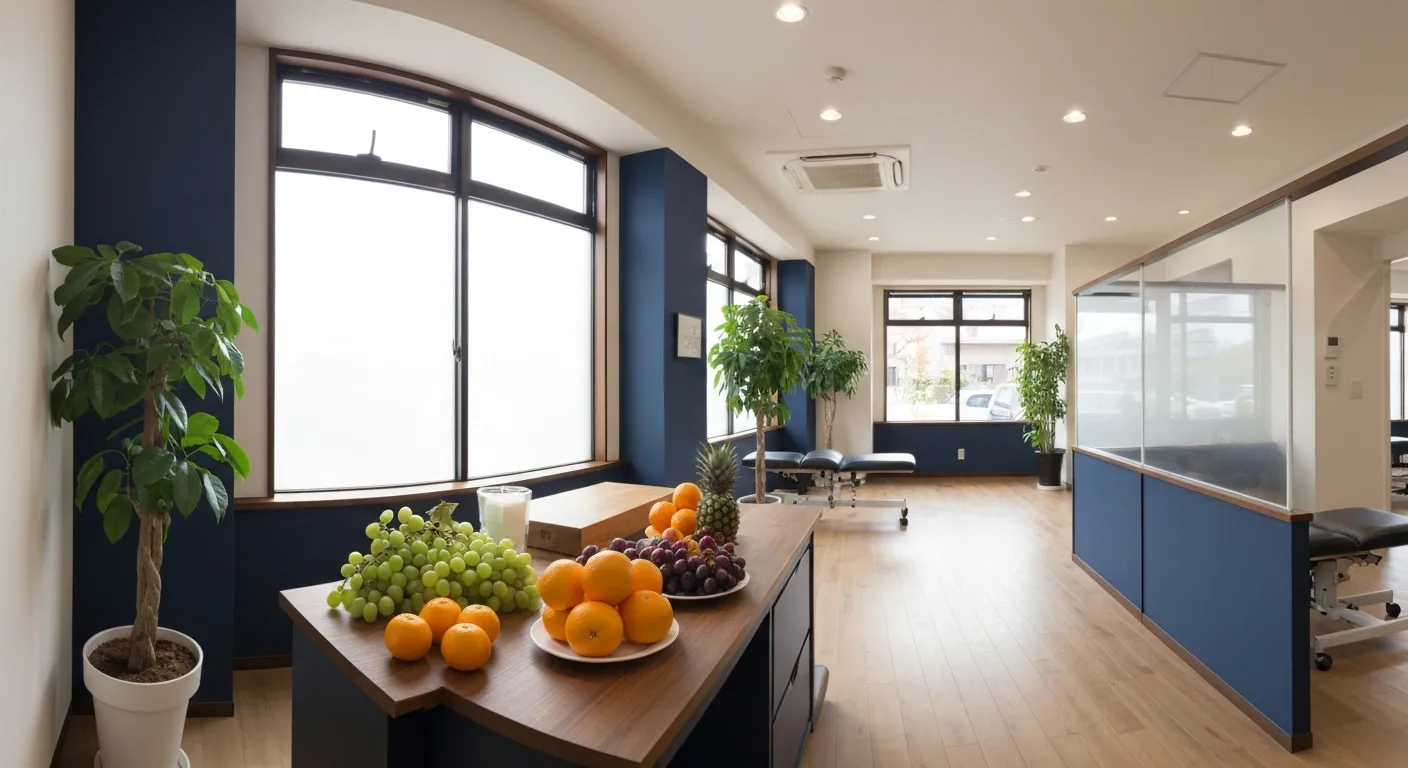
9 Nutritional Tips to Enhance Your Chiropractic Wellness Journey

Patient Experiences: How Chiropractic Care Changed Their Lives

Lifestyle Recommendations to Keep Your Spine in Top Shape

Effective Corrective Exercises for Long-Term Pain Relief

Back Pain Benefits: What Chiropractic Care Can Do for You

Spinal Decompression Techniques for Effective Sciatica Relief

Top Nutritional Counseling Tips for Enhanced Wellness

6 Lifestyle Habits That Boost Spine Health Daily

Discover Holistic and Non-Surgical Pain Relief Solutions

Exploring Holistic and Non-Surgical Treatment Options for Pain

The Role of Physiotherapy in Enhancing Chiropractic Care Outcomes

Complementing Chiropractic Care with Physiotherapy: What You Need to Know

What to Expect During Your First Chiropractic Visit

Simple Lifestyle Adjustments to Maintain a Healthy Spine

Personalized Nutritional Counseling for Improved Health Outcomes

Exploring Non-Surgical Treatments for Spine-Related Conditions

An Introduction to Spinal Decompression for Sciatica Patients

Transformative Success Stories: Patient Experiences with Chiropractic Treatments

Why Chiropractic Care Is Essential for Back Pain Relief

Addressing Underlying Causes Versus Symptom Management in Pain Care

The Role of Nutrition in Enhancing Chiropractic Treatment Effectiveness

Sciatica Treatment Options: Is Spinal Decompression Right for You?

Lifestyle Tips to Maintain a Healthy Spine and Prevent Back Issues

The Synergy Between Physiotherapy and Chiropractic Treatments

What Happens During Your Initial Chiropractic Consultation

Effective Corrective Exercises for Sustainable Pain Management

Taking a Root Cause Approach to Chronic Pain Management

Holistic Pain Management Techniques Without Surgery

How Patient Success Stories Validate Chiropractic Care Benefits

Spinal Decompression: Innovative Treatment for Sciatic Nerve Pain

Spinal Decompression Therapy: A Non-Invasive Approach to Sciatica Relief

Exploring Holistic Approaches Beyond Surgery for Pain Relief

Practical Lifestyle Advice to Support a Healthy Spine Every Day

Corrective Exercise Routines Designed for Long-Term Pain Prevention

Real Patient Stories: Overcoming Chronic Pain with Chiropractic Care

Lifestyle Changes That Promote a Healthy Spine and Prevent Injury

How Addressing the Root Cause of Pain Leads to Lasting Relief

Non-Surgical Holistic Therapies to Manage Chronic Pain Effectively

Nutritional Counseling's Impact on Physical Health and Healing

Benefits of Regular Chiropractic Care for a Stronger Back

Your First Chiropractic Visit: What to Expect and How to Prepare

Patient Experiences: How Chiropractic Care Transformed Their Lives

Exploring Holistic, Non-Surgical Options for Pain Management

Combining Physiotherapy with Chiropractic Treatments for Enhanced Recovery

Holistic Treatments That Offer Alternatives to Surgery for Pain Relief

Corrective Exercise Strategies for Long-Term Spine Health

How Physiotherapy Complements Chiropractic Adjustments for Better Outcomes

First-Time Chiropractic Visitors: What You Should Know

Understanding the Importance of Treating Pain at Its Source

Adopting Lifestyle Changes to Support Your Spine's Wellness

Utilizing Physiotherapy to Enhance Chiropractic Treatment Outcomes

The Key Advantages of Chiropractic Care for Back Pain Sufferers

Why Focusing on Root Causes Improves Pain Treatment Success

Corrective Exercises That Promote Lasting Pain Relief and Mobility

Sciatica Relief Through Targeted Spinal Decompression Techniques

Preparing for Your First Chiropractic Appointment with Confidence

Healthy Lifestyle Habits for Maintaining Spinal Alignment

Success Stories Highlighting Chiropractic's Role in Pain Recovery

Top Benefits of Chiropractic Care for Chronic Back Pain

Nutrition Tips to Boost Your Overall Wellness and Recovery

How Chiropractic Care Alleviates Back Pain Naturally

